Chilling pictures emerge from Sednaya prison as teams search underground cells
Teams are searching underground cells for survivors in a notorious Syrian jail dubbed the “human slaughterhouse”.
World
Don't miss out on the headlines from World. Followed categories will be added to My News.
Chilling pictures have emerged from inside a notorious Syrian jail once dubbed a “death camp”.
A rescue group called the White Helmets is investigating reports that prisoners are being held in underground cells in Sednaya prison, which has been called a “human slaughterhouse” by Amnesty International.
Writing on X, the group says it has deployed five “specialised emergency teams” to the prison, who are being helped by a guide familiar with the prison’s layout to locate any prisoners being held underground.
Thousands of Sednaya inmates have already been released after Islamist-led rebels toppled longtime ruler Bashar al-Assad on Sunday.
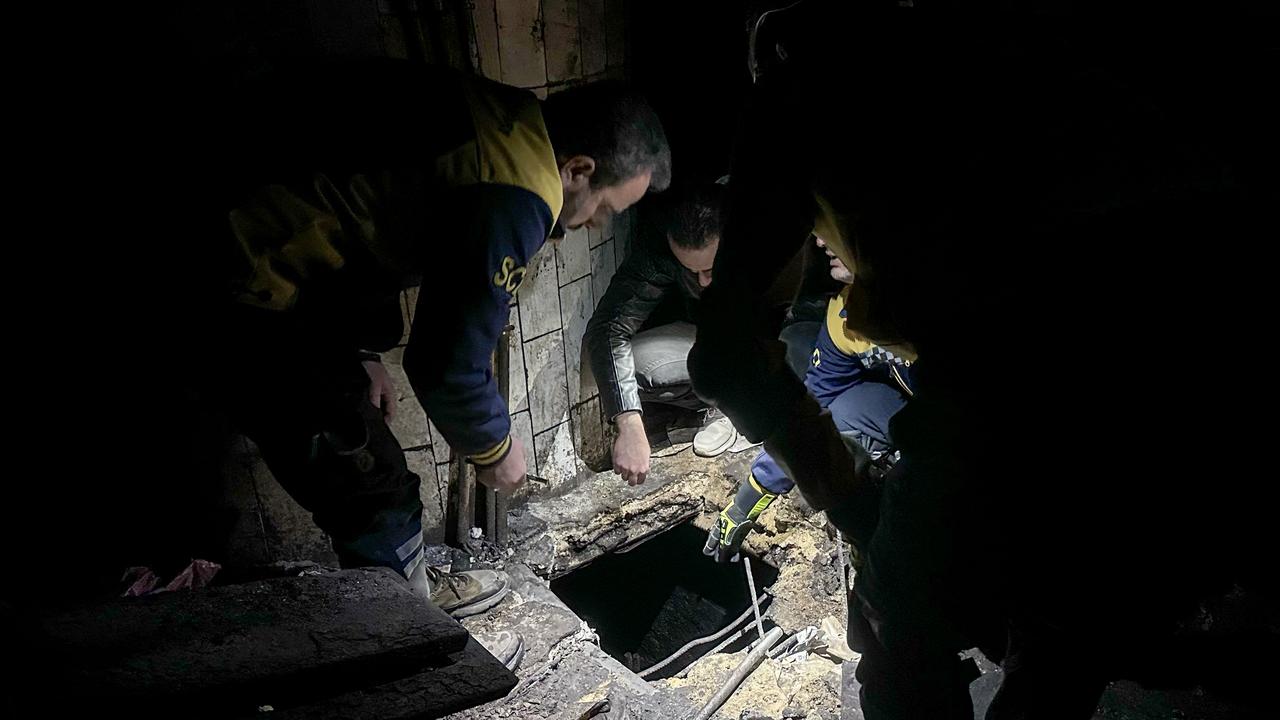
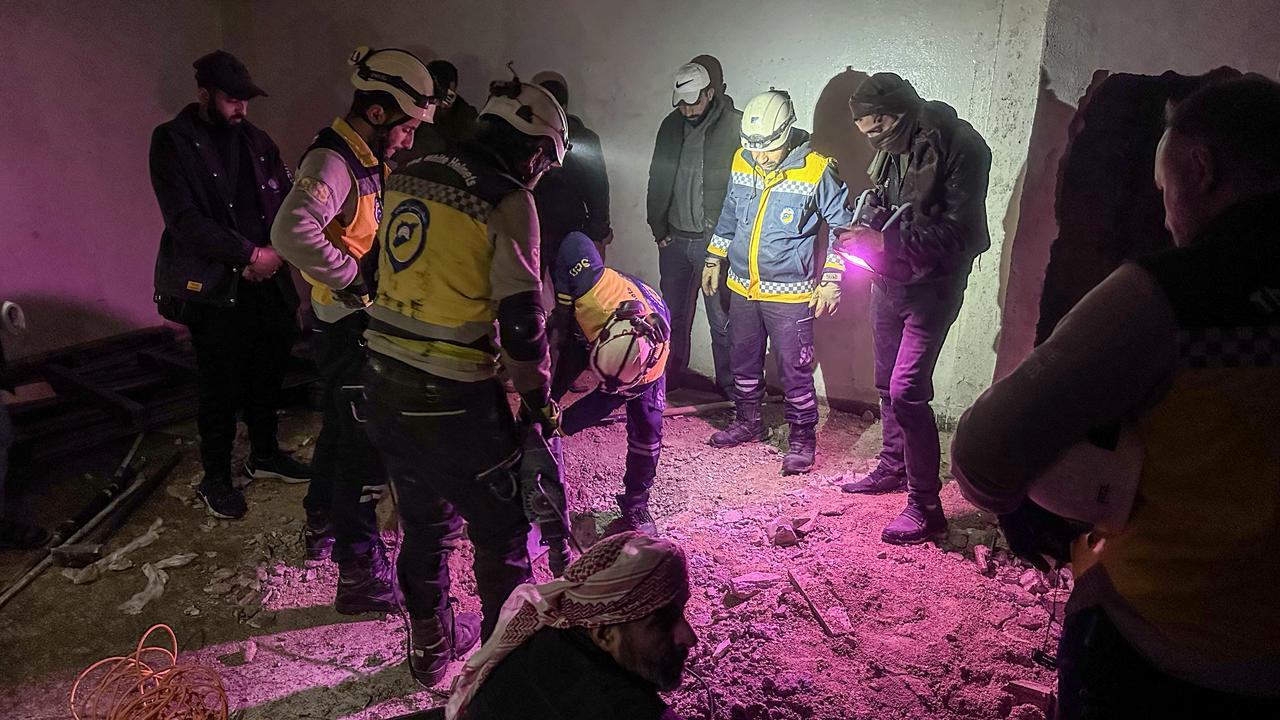
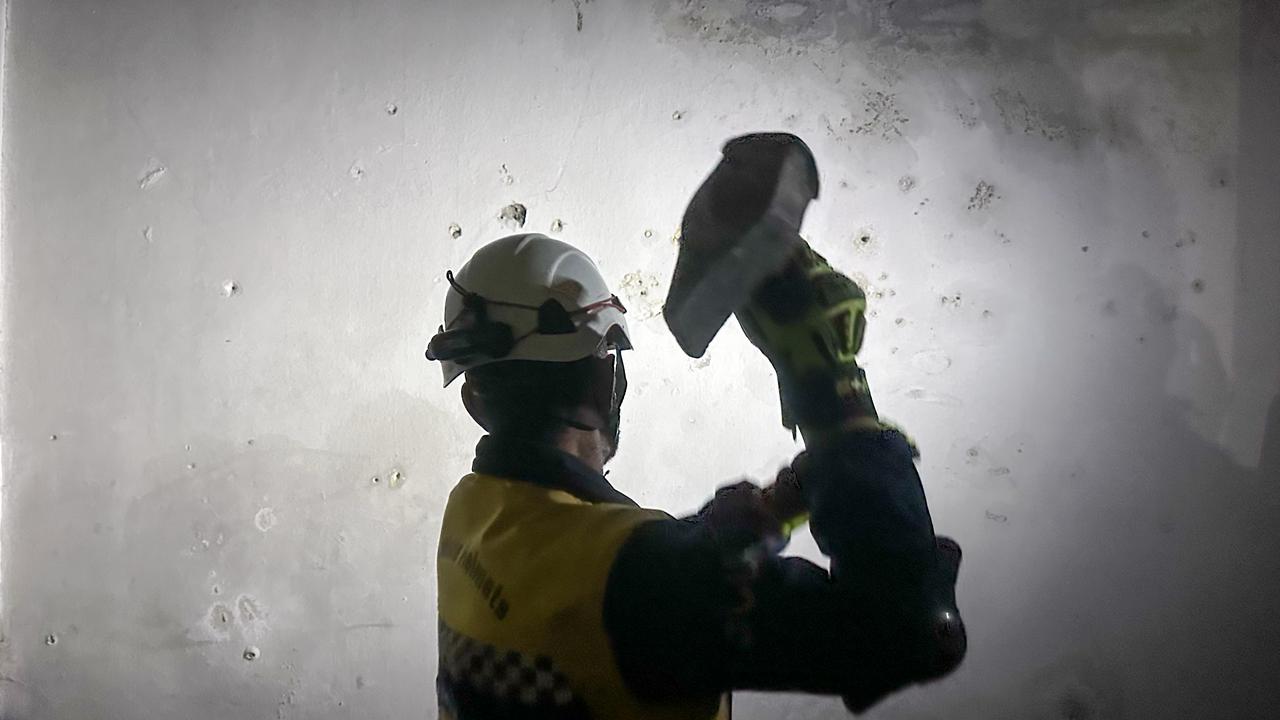
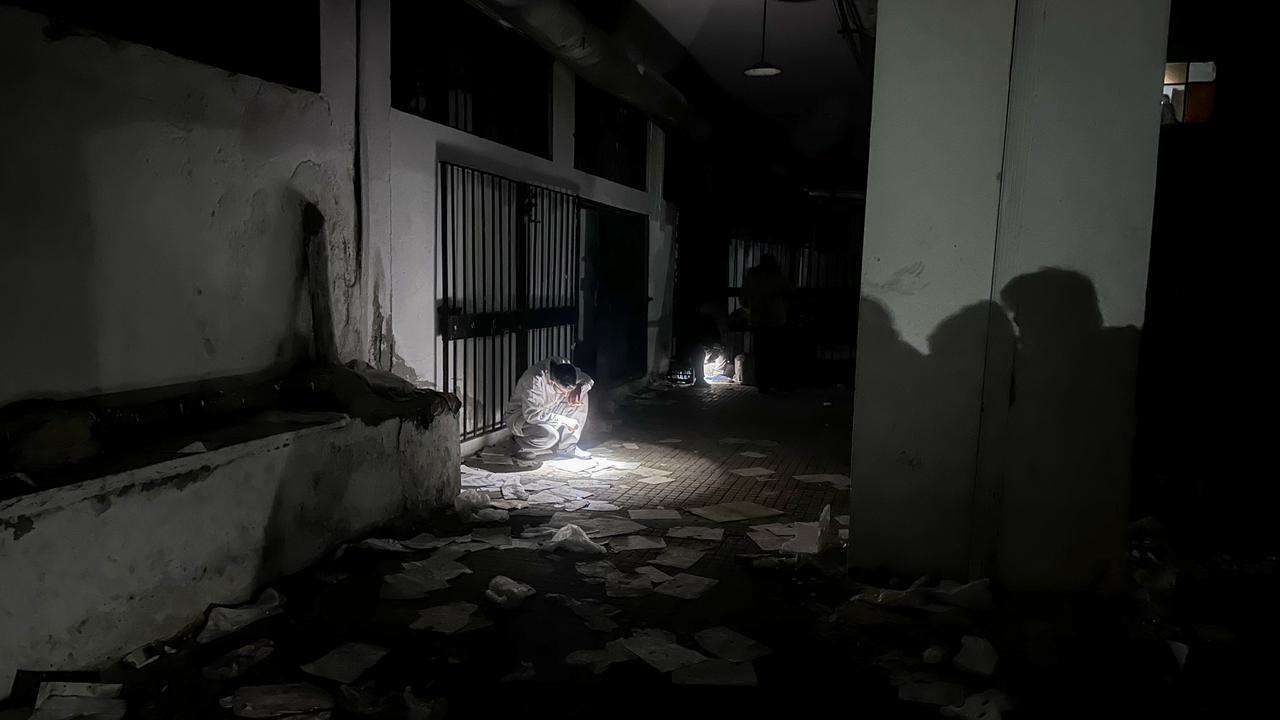

Between 2011 and 2016, Amnesty and other groups claim 13,000 Syrians were killed between 2011 and 2016 at Sednaya.
It comes as world powers urged stability in Syria as fears grow a power vacuum will be filled by ISIS.
Assad’s key ally and provider of sanctuary, Moscow, said Russian troops in Syria were on high alert but that the rebels had “guaranteed” the security of its army bases in the country.
Before reports that Assad had fled to Moscow, Russia’s Foreign Minister Sergei Lavrov said on Saturday that Syria must not be allowed to fall into the hands of a “terrorist group”.
US President Biden meanwhile has stated Washington is “clear-eyed” that the Islamic State extremist group, or ISIS, “will try to take advantage of any vacuum to re-establish” itself in Syria.
“We will not let that happen,” he said, adding that US forces on Sunday conducted strikes against ISIS inside Syria.

The US military said warplanes hit Islamic State operatives and camps.
Perhaps more poignantly, President-elect Donald Trump, who will inherit whatever the fallout of Assad’s ousting may be, has been posting about Syria, describing it as a “mess” that the US should steer clear of.
“THIS IS NOT OUR FIGHT,” he posted to Truth Social.
In his comments, he points blame at Obama, stating Russia should now wash its hands of the country.
“I know Vladimir well. This is his time to act,” he said.
Trump famously made a surprise announcement withdrawing US troops from Syria while he was president in 2019 though this was scaled back, reportedly out of fear of ceding control to Russia and a resurgence of ISIS.
China too has expressed its interest in “stability” in the wake of the rebel takeover.
Beijing “is closely following the development of the situation in Syria and hopes that Syria returns to stability as soon as possible”, the foreign ministry said.
Closer to the coal face, Iran’s foreign ministry said it expects “friendly” relations with Syria to continue, adding it would adopt “appropriate approaches” in accordance with the behaviour of “effective actors” in Damascus.

Turkish Foreign Minister Hakan Fidan said his country, which has supported rebel movements in Syria and harboured Syrian ex-patriots, would help “to heal Syria’s wounds and guarantee its unity, integrity and security”.
The UN envoy for Syria called the rebel takeover “a watershed moment” for the country marred by nearly 14 years of civil war.
“Today we look forward with cautious hope to the opening of a new (chapter) -- one of peace, reconciliation, dignity and inclusion for all Syrians,” special envoy Geir Pedersen said.
The UN Security Council will convene Monday afternoon for an emergency closed-door meeting, requested by Russia, regarding Syria, AFP reports.
‘The devil and first lady of hell’: Bashar al-Assad and wife Asma’s glossy life masked his brutality
As Syrians across the globe take to the streets to cheer the end of a brutal dictatorship, after rebels seized control of Damascus, an infamous puff piece about Bashar al-Assad’s wife has resurfaced.
The gushing four-page profile of Asma al-Assad ran in lauded fashion magazine Vogue in March 2011, describing the British-born former investment banker as “a beacon of culture and secularism in a powder-keg region”.
According to the feature, headlined ‘A Rose in the Desert’, she and her husband were “wildly democratic” and thoroughly “modern” – qualities that had shaped Syria into “the safest country in the Middle East”.
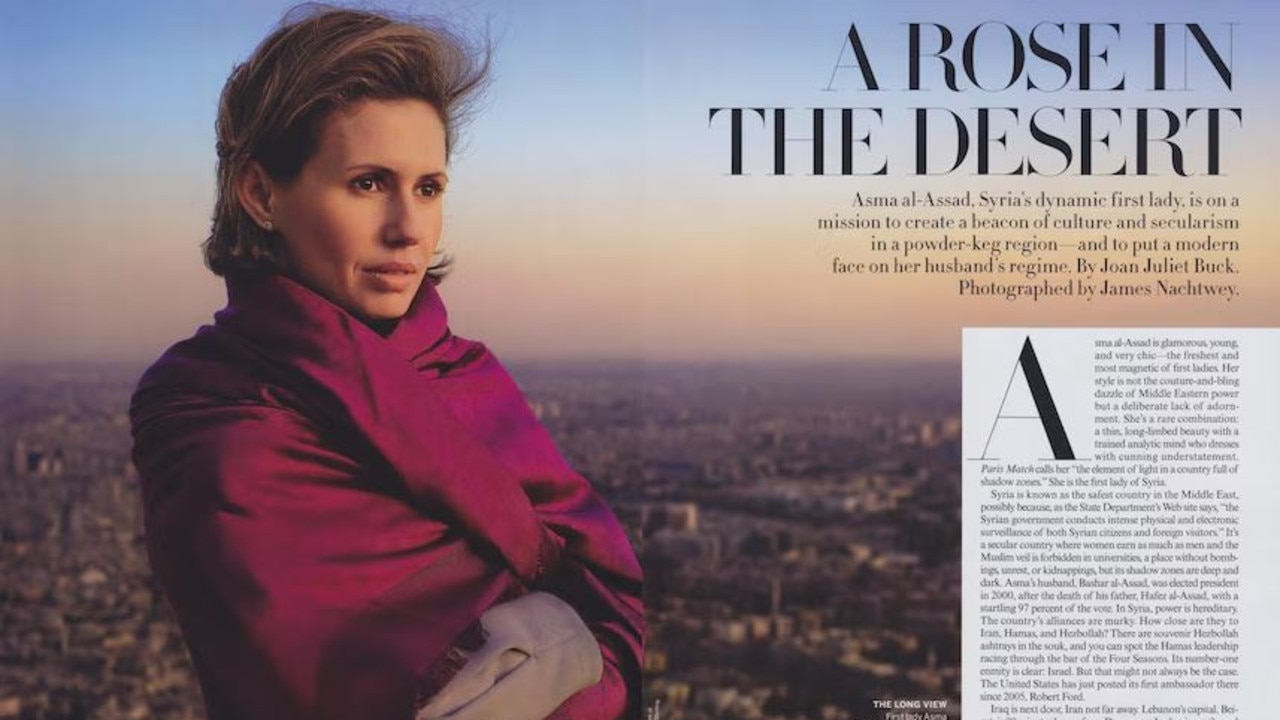
While the magazine was on newsstands across the world, Assad’s forces arrested 15 boys aged between nine and 15, who had graffitied a wall at their school.
“The people want to topple the regime,” they wrote.
The children were held for weeks, sparking protests in their small town, and when they were eventually freed, it was clear they had been brutally tortured.
It was just a taste of the brutality Assad’s regime was dolling out regularly, suppressing any hint of opposition that posed a threat to his weak grip on power.

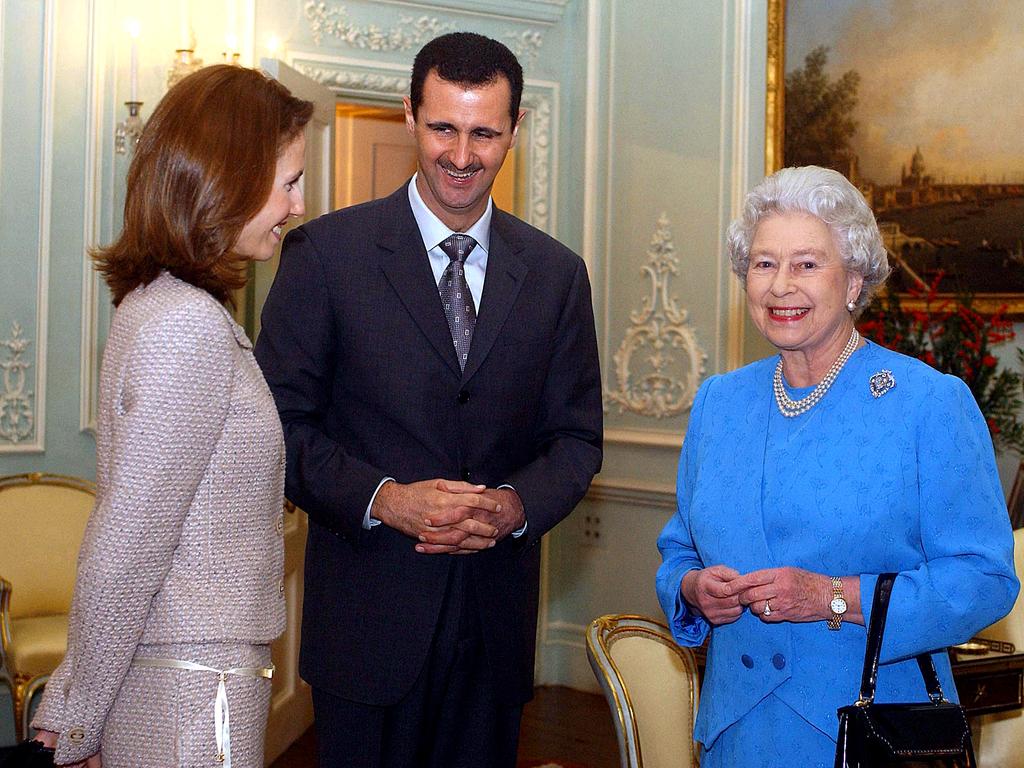
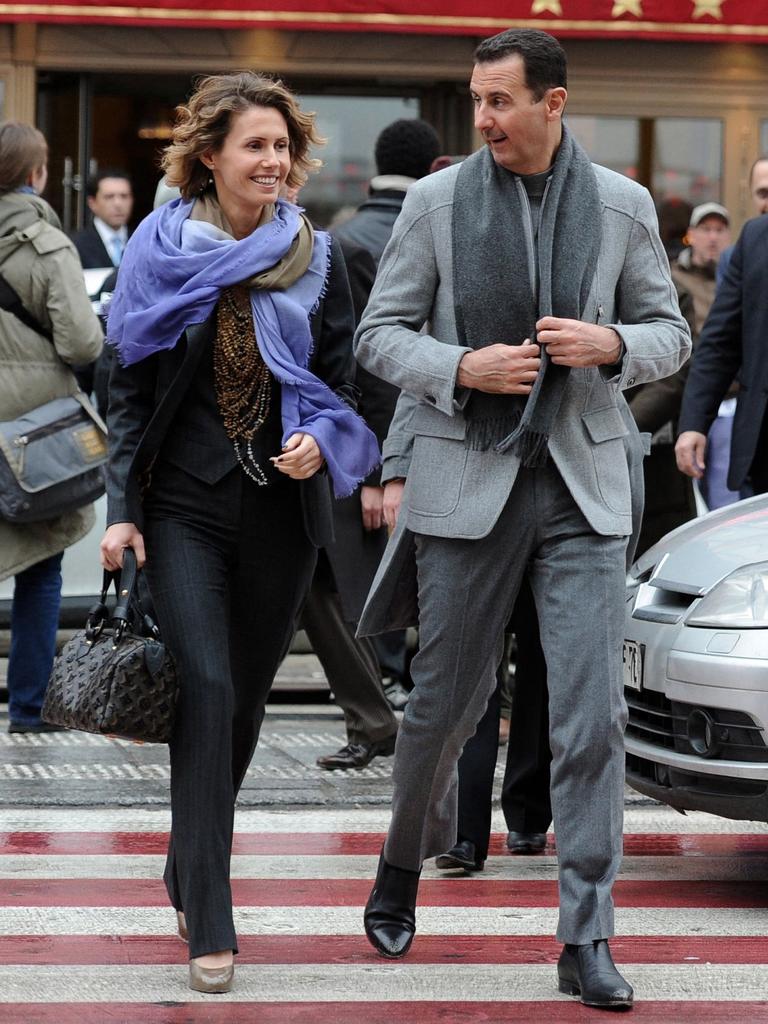
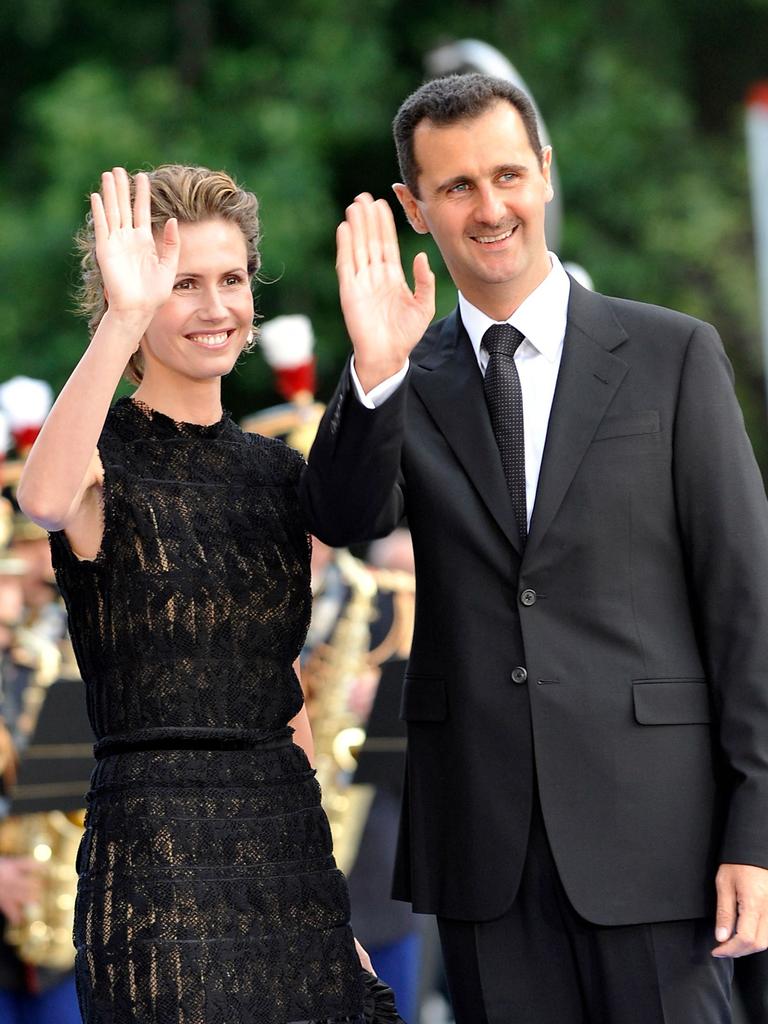
When civil war erupted, spurred on by the Arab Spring uprising that had washed throughout the region, he doubled down.
In the 13 years since, hundreds of thousands of people have died in the conflict – and countless as a result of Assad’s brutality.
And while millions fled as refugees and those who stayed lived in poverty, Asma continued to spend big on designer clothing and shoes, while her husband amassed a mammoth collection of luxury cars.
Vogue piece ‘scrubbed from existence’
The flowery puff piece, which had been organised by a New York-based lobbying firm employed by the Assads, sparked immediate anger when it was published.
Vogue initially defended its decision, then tried to explain it away, before removing the story from its website. It has been essentially scrubbed from existence in the years since.

Juliet Joan Buck, who wrote it, has defended her role in the scandal on numerous occasions over the years.
In a lengthy self-defence published in Newsweek in mid-2012, she claimed she was order to ignore the topic of politics, focus on fashion and culture, and deliver pure puffery.
As a result, Buck no mention of how unnerving she found her time with the Assads – a pair she later described as menacing and weird, and dubbed “the devil and the first lady of hell”.
She also claimed to have been monitored by Syrian spies and had her electronic devices hacked.
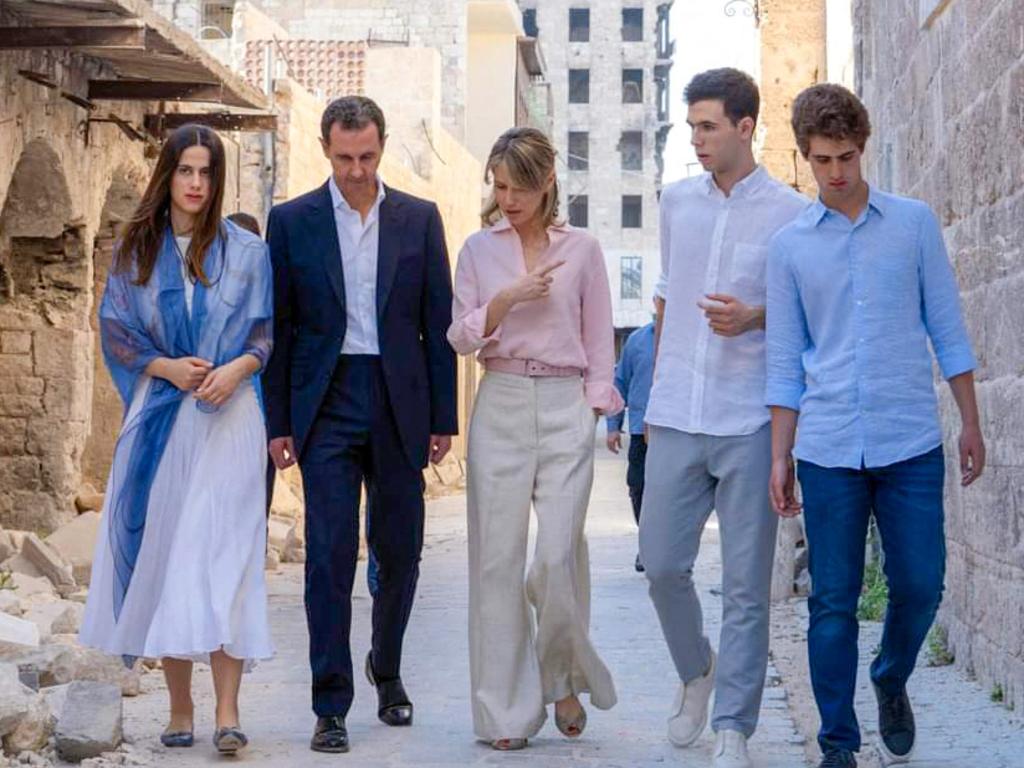
Vogue was far from the only media outlet in the West to be used by the couple as part of a public relations offensive designed to elevate them and build their power.
The two also regularly met with world leaders and royals and attended lavish events, as a network of prisons across Syria became murderous torture factories.
Assad’s final act
Before he fled his palatial palace as rebel forces seized Damascus, Assad appears to have issued one final brutal order to his remaining loyal forces.
Retreating troops who guarded the deposed leader’s most notorious prison, dubbed ‘the human slaughterhouse’, destroyed electronic door controls and shut off air ventilation on their way out.
That act has trapped scores of prisoners, most of them held on trumped up charges, in subterranean cells deep underground at Sednaya Prison.
“These cells are referred to as the ‘red ward’ or ‘death ward’,” activist Maher Akraa wrote on X, formerly Twitter.
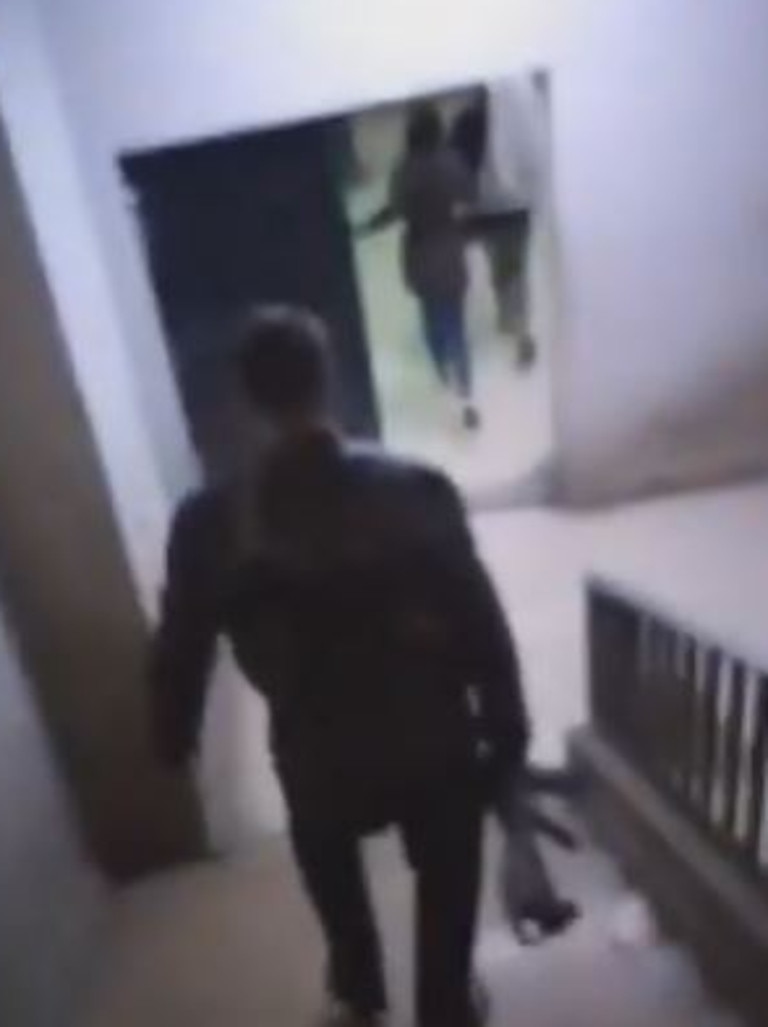
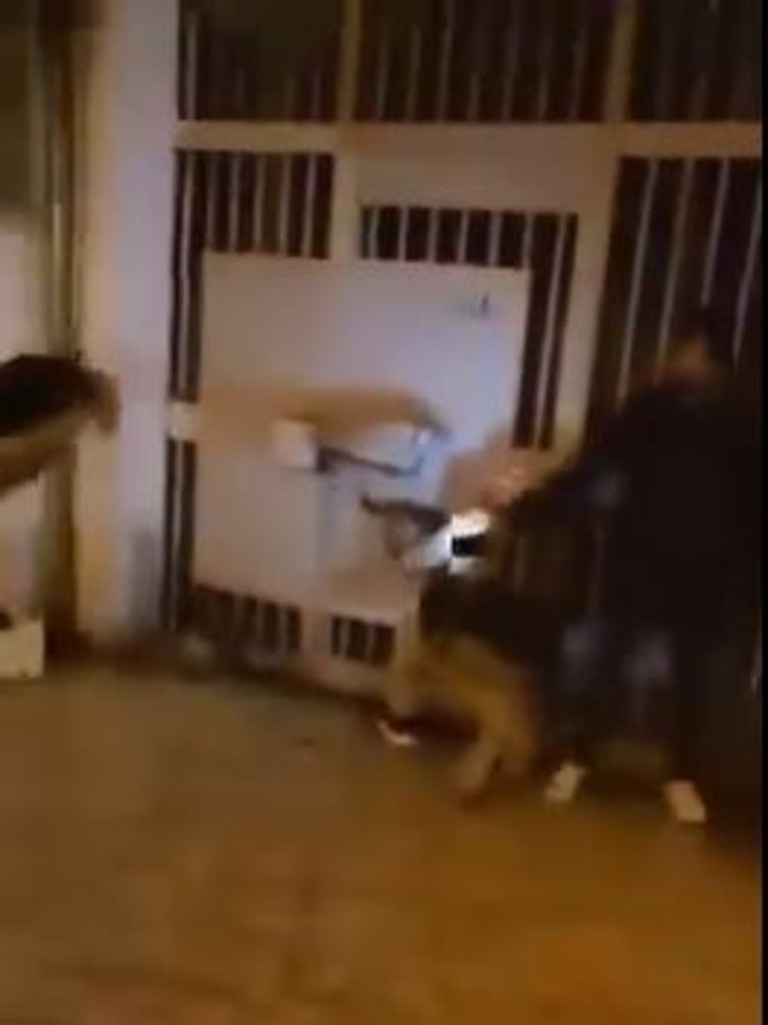
Islamist rebels took Syria’s capital on Sunday in a lightning offensive that forced Assad to flee and brought to an end more than five decades of his family’s iron-fist rule.
There were jubilant scenes throughout the city as word spread, with statues and posters of Assad torn down and his palatial mansion stormed.
Many of those who took to the streets then turned their focus to swarming the city’s prisons.
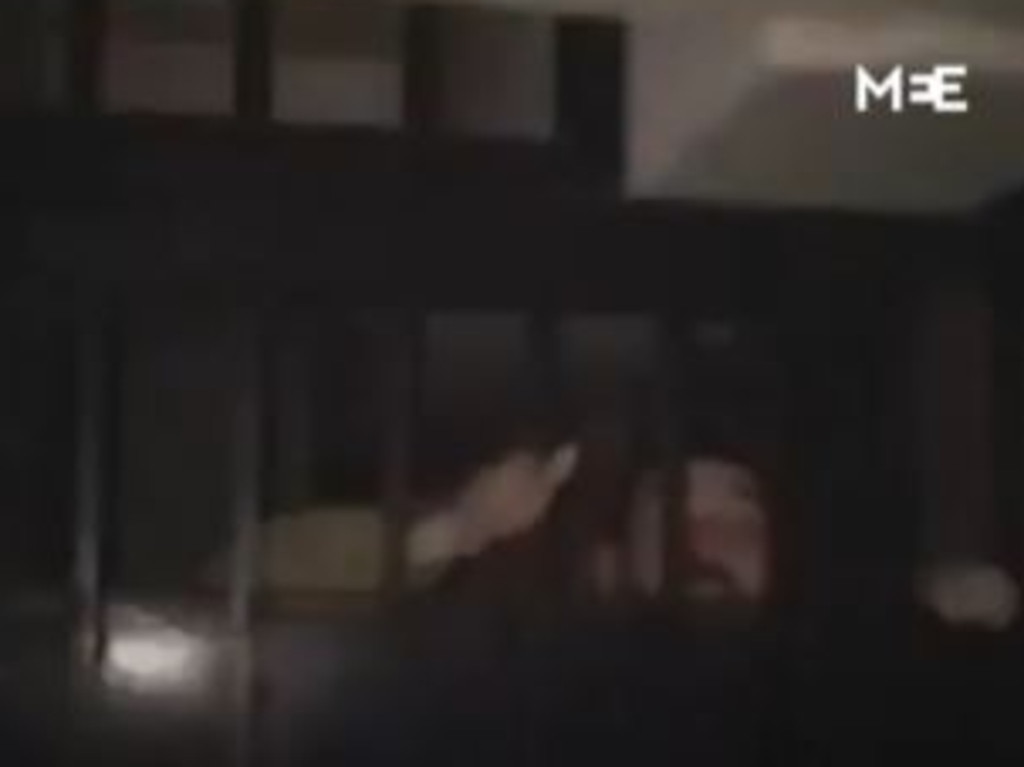

Scores of people who were arrested and held indefinitely by the Assad regime at Sednaya Prison in Damascus have been freed so far.
Many of them are women and youths, with one video posted to social media even showing a toddler held inside a cell.
The enormous multi-wing facility, several storeys tall with a number of underground levels, is known in Syria as the ‘human slaughterhouse’.
Activists on the ground say countless prisoners held in the worst conditions remain trapped.
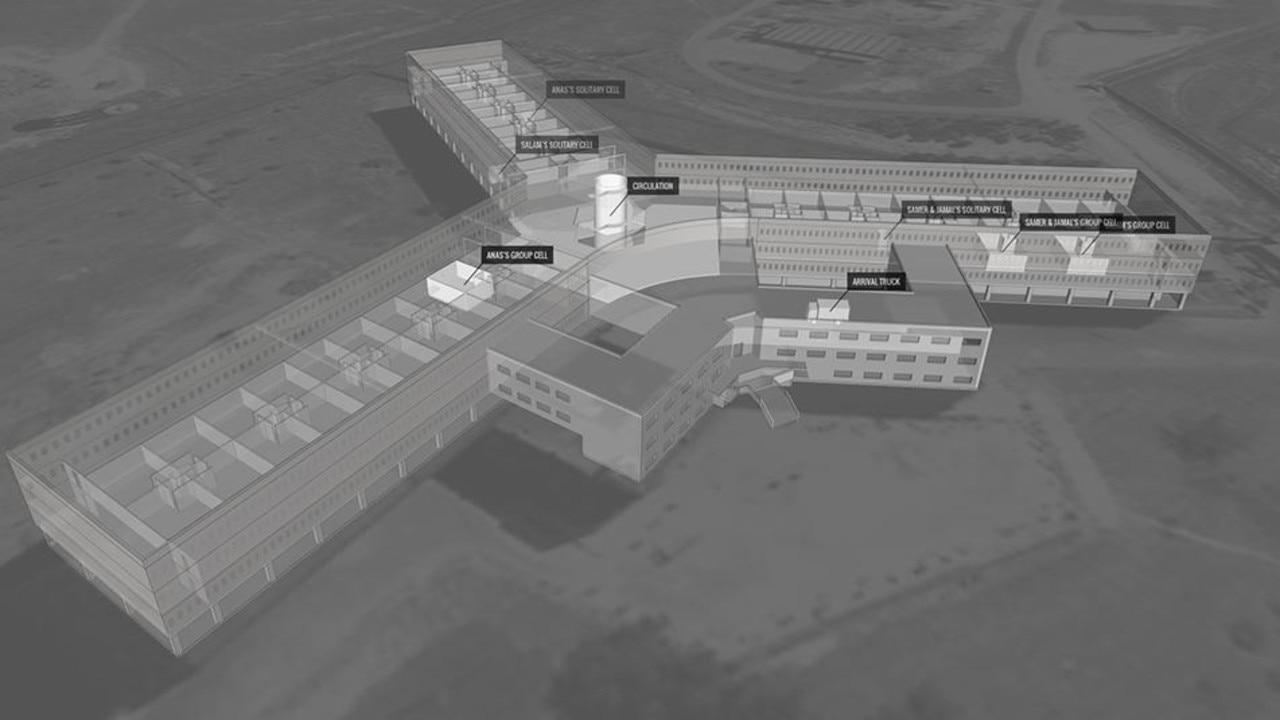
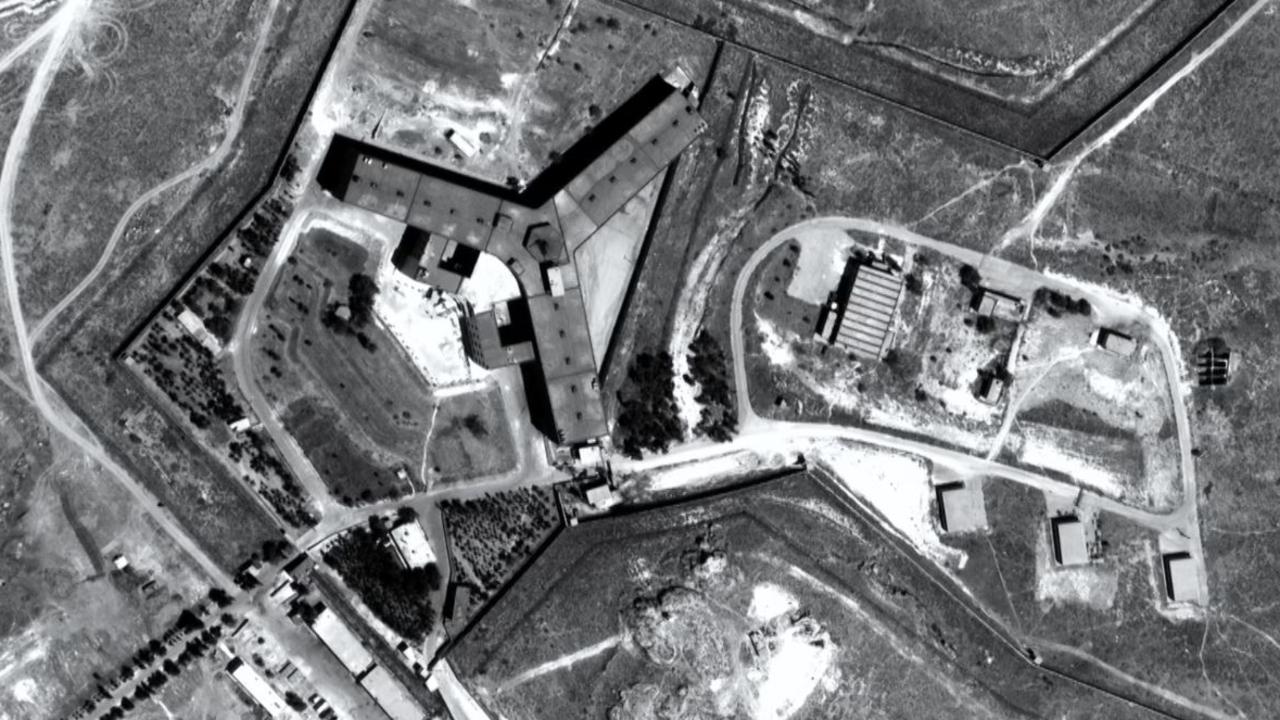
The news outlet Middle East Eye reported on one video featuring local activist Omar Saoud, who said three subterranean floors of the prison were inaccessible.
“They are not being able to open it because it requires a certain mechanism, and the soldiers and officers who used to be here have left.”
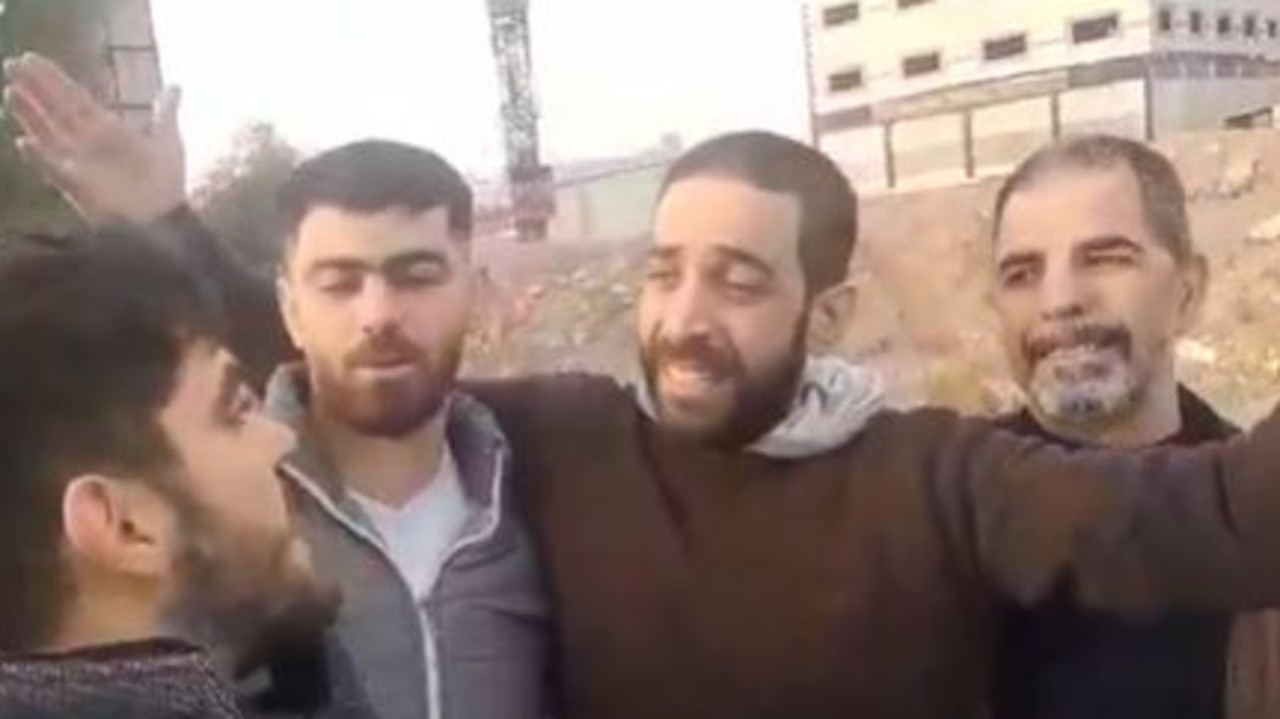
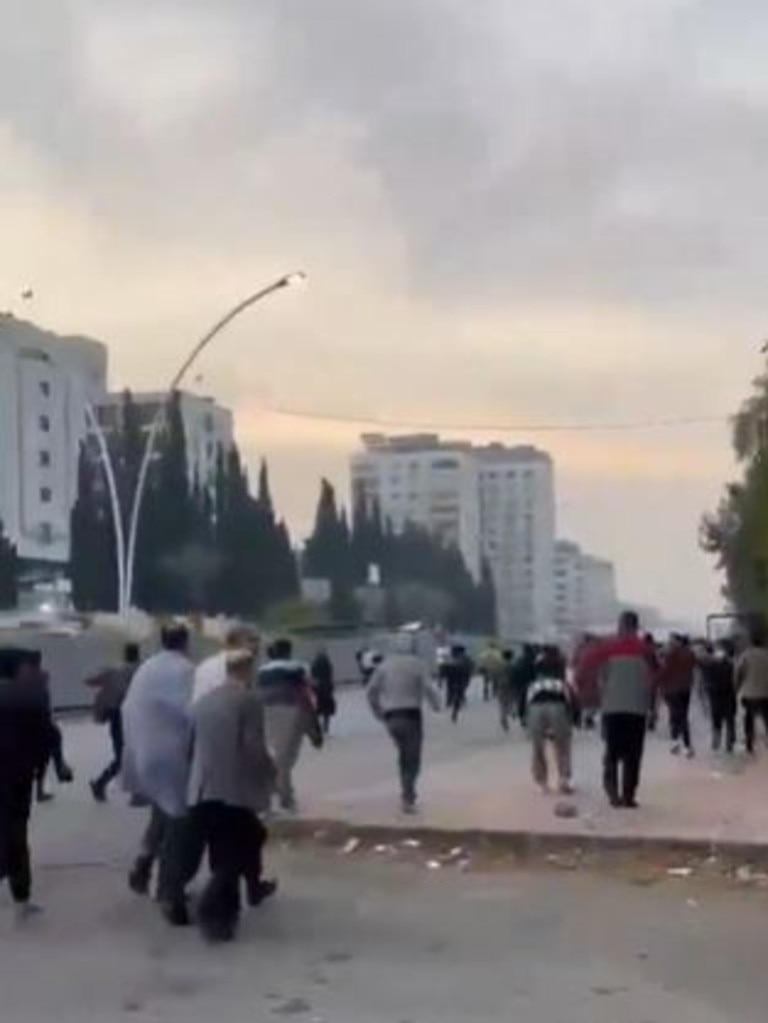
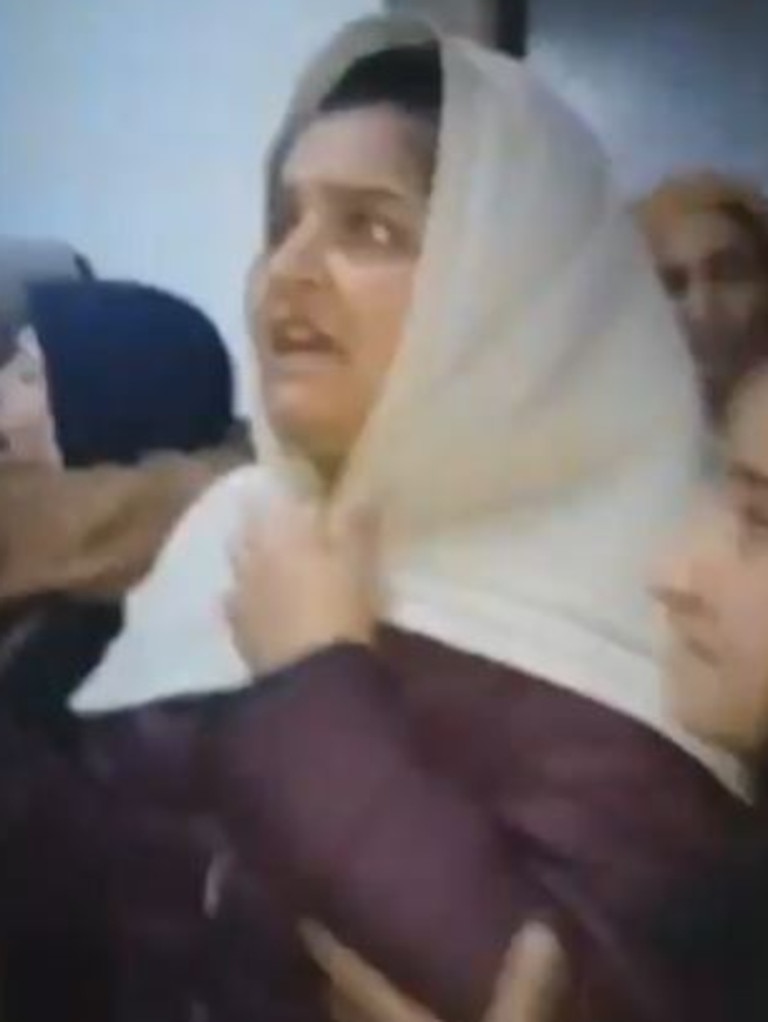
Footage circulating across social media shows rebels working alongside civilians to open cells, smashing locks with sledgehammers and crowbars, or by shooting them off.
Vision from outside shows hundreds, if not thousands of freed prisoners – many of them women and youths – screaming and crying.
In one, as activist Hussam Hammoud describes on X, a prisoner “has lost his memory and is unable to speak, shattered by the horrors he endured”.
A video from inside the prison shows cells, each crammed with at least a dozen women, many of them visibly frail.
The women appear confused and terrified as a man tells them: “You are free now, everyone go home.”
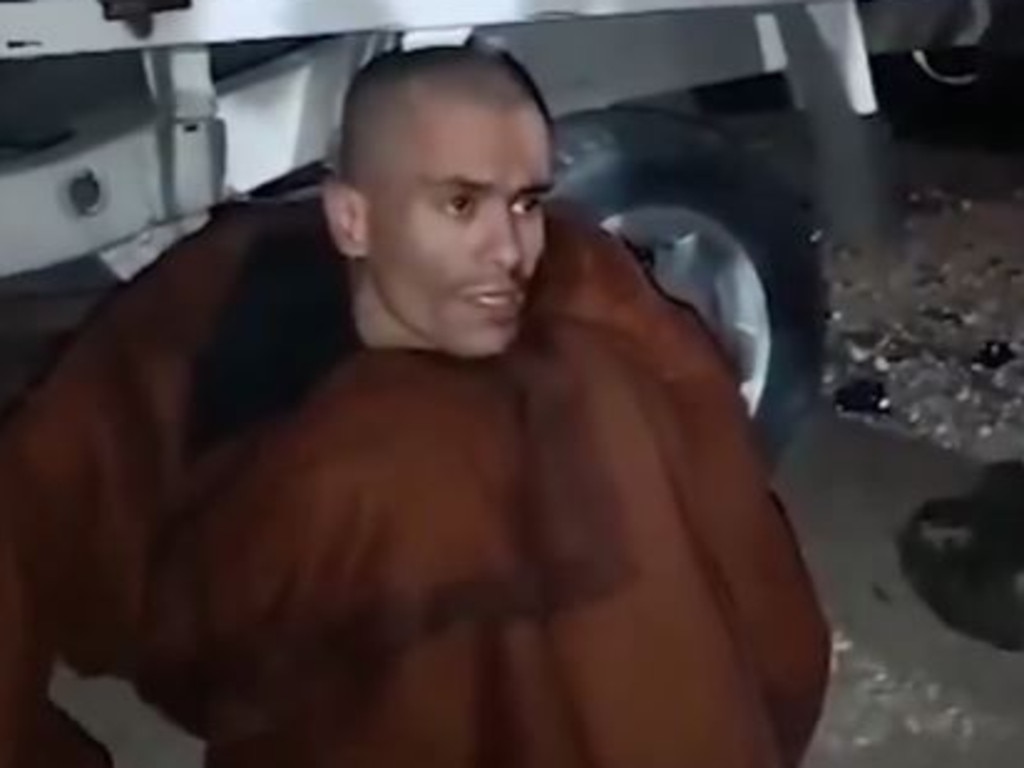
A report in 2021 from UK-based Syrian Observatory for Human Rights estimated some 30,000 prisoners had been executed at Sednaya Prison over the course of the Assad regime.
And an Amnesty International investigation in 2017 described Sednaya as a site of “murder, torture, enforced disappearances and extermination” as part of a “widespread … systemic attack against the civilian population” authorised by Assad.
In total, the Syrian Network for Human Rights estimates more than 136,000 people are held as prisoners – the vast majority on trumped up charges.
Human Rights Watch has previously said prisoners who aren’t murdered are routinely subjected to torture, starvation and beatings.
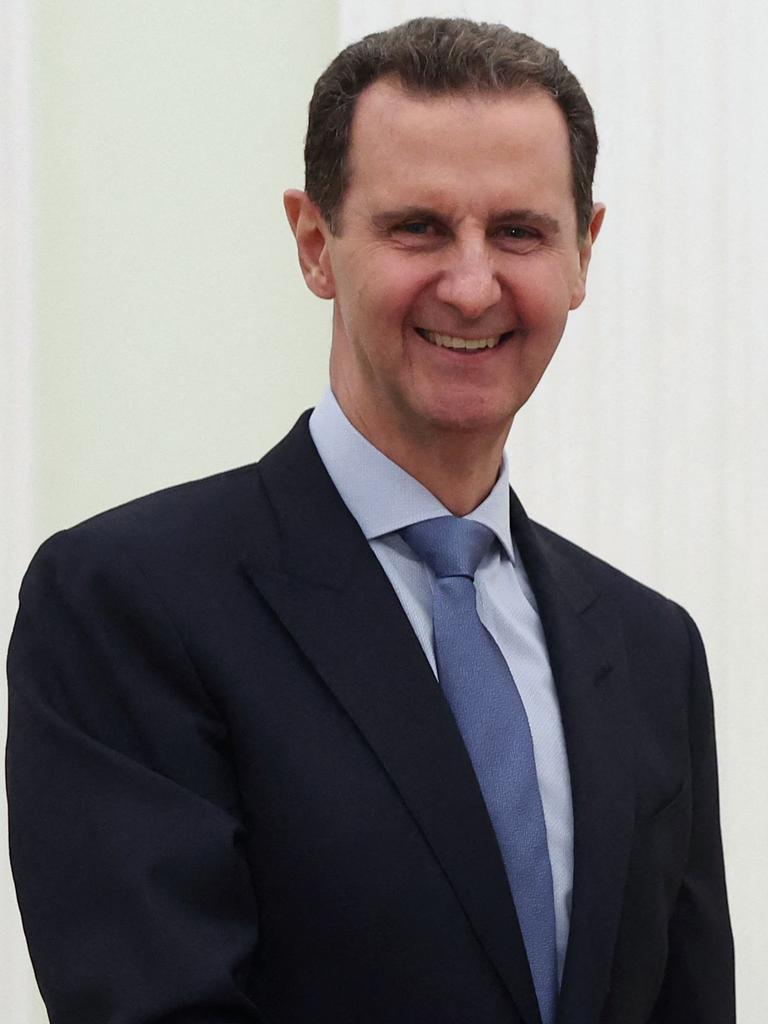
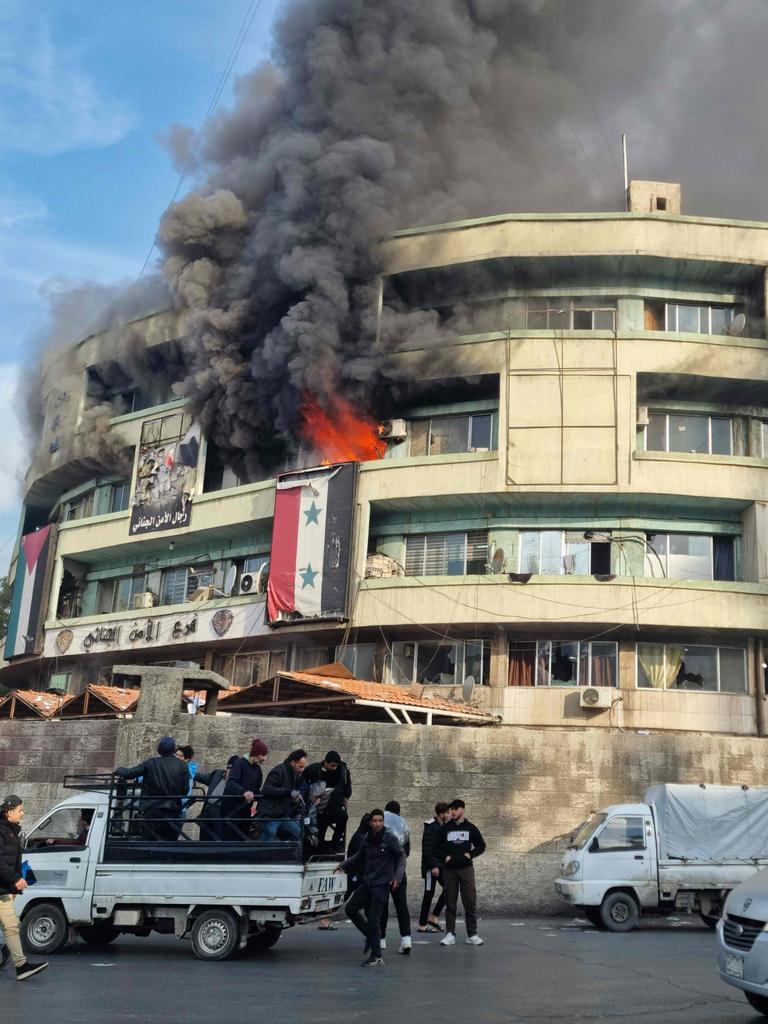
Canada has called for Assad to face the International Criminal Court of Justice (ICJ) for crimes against humanity.
Today, Canadian Foreign Minister Melanie Joly issued a statement welcoming “the end of the Assad regime”.
“We remain committed to holding the Assad regime accountable before the ICJ for the torture and cruel, inhuman and degrading treatment and punishment of its own people,” Ms Joly said in a statement.
Canada and the Netherlands commenced formal proceedings at the ICJ in June 2023.
Prisons elsewhere in Syria, including a notorious facility in Aleppo, have also been emptied of their inmates over the past 24 hours.
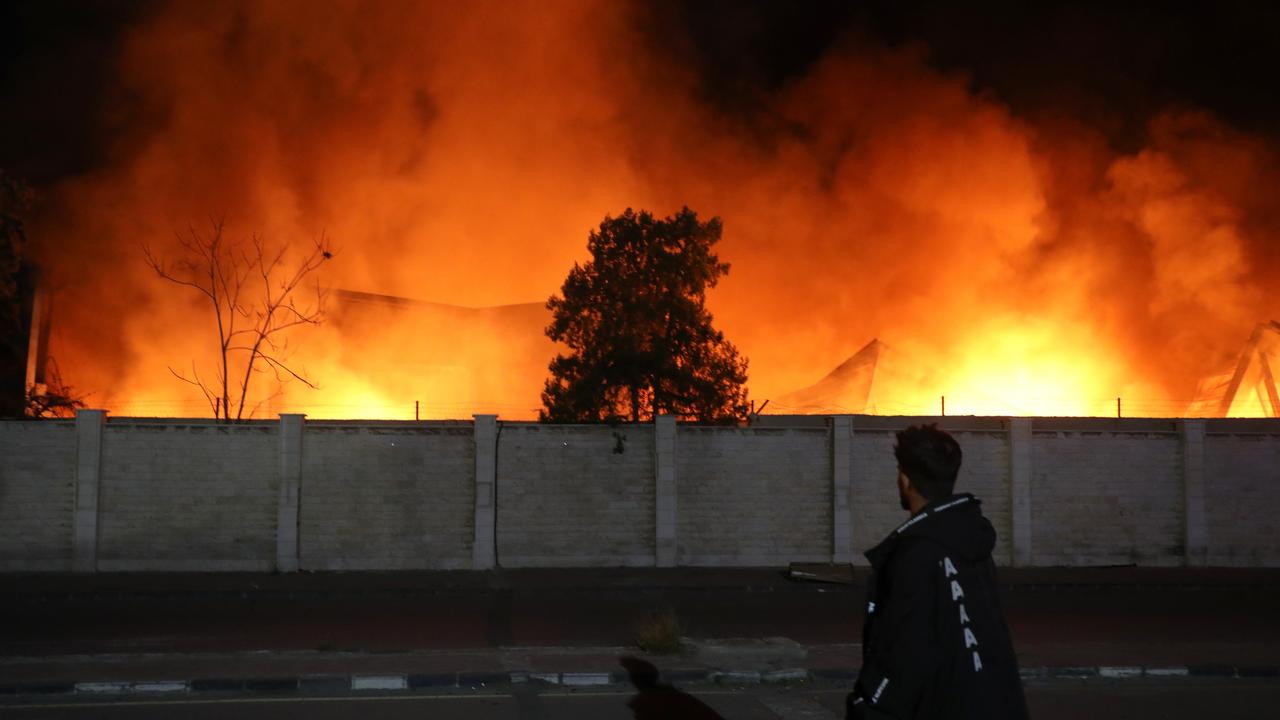
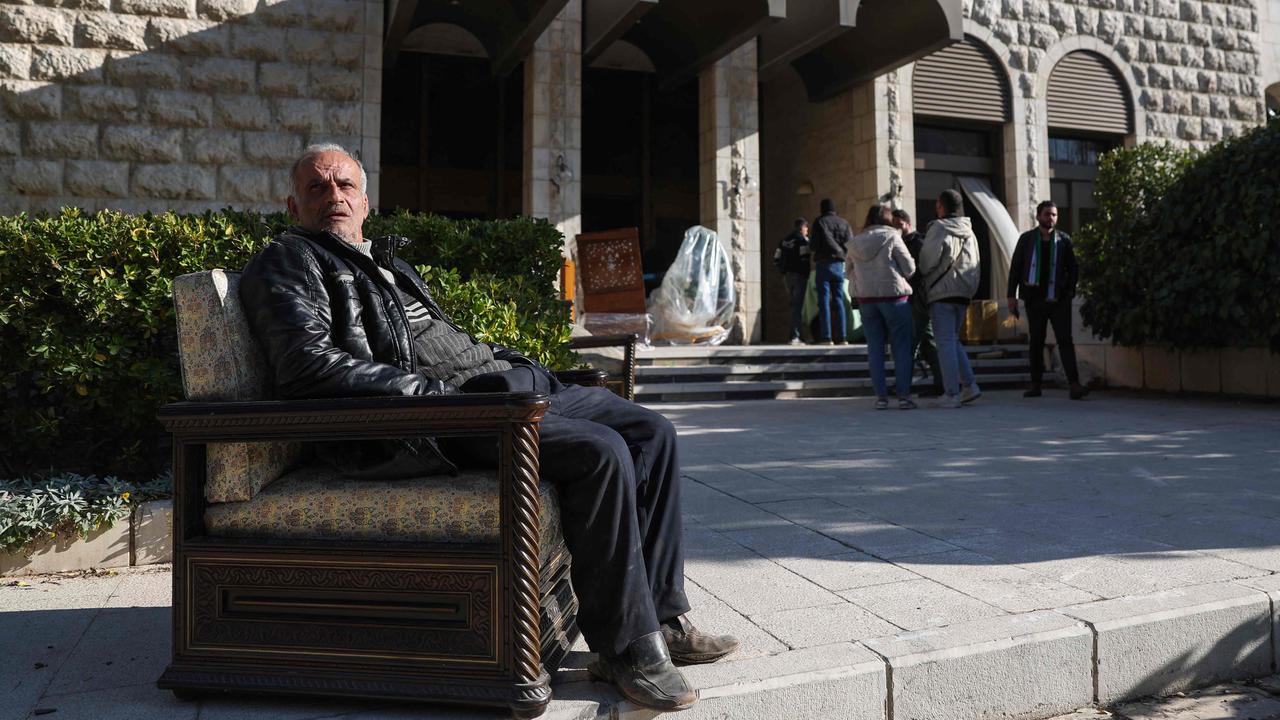
As well as storming prisons, key government buildings were also ransacked and set ablaze, including a security compound housing the Military Intelligence Interrogation Division.
Assad’s palatial palace was also overtaken, with furniture and artwork carried out.
An accidental dictator
If not for a tragic accident, Assad might be living in London and working as an eye doctor – not holed up in a safe house somewhere in Moscow.
It was his older brother Bassel who had been anointed by their father Hafez, president for three decades from 1971, to succeed him.
Hafez had been tirelessly laying the foundations of a dynastic-style dictatorship for years and his heir apparent was Bassel – charismatic, ambitious and a respected colonel in Syria’s army.
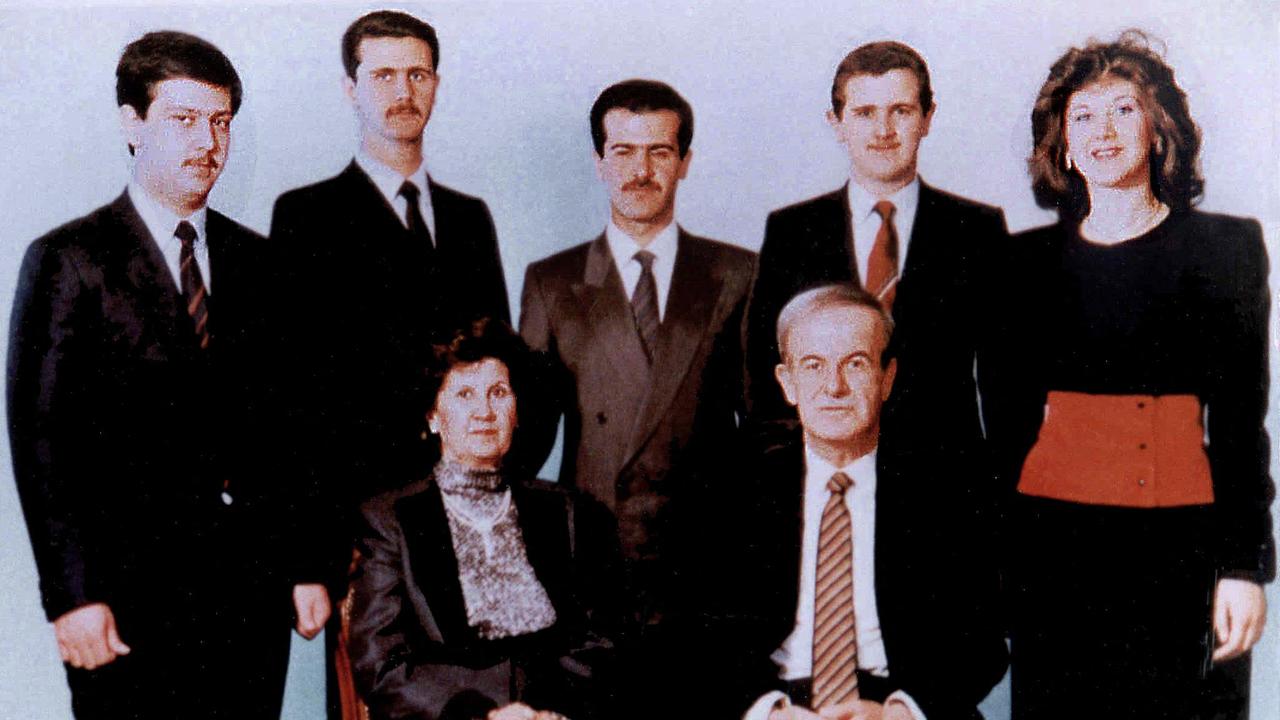
In stark comparison, Bashar was bookish, awkward and a “geek” who studied ophthalmology in Syria before moving to London for postgraduate studies.
Neil Quilliam, a Middle East expert at British think tank Chatham House, told NBC News in 2015 that Assad had shown “no interest” in politics or power – a stance that firmed when he met Asma in London, who had been raised in the UK.
“He was sort of seen as the geeky IT guy. He was the eye doctor, spent time in London, had the British-Syrian wife,” Dr Quilliam said. “He was by and large completely separate to the politics of the country.”
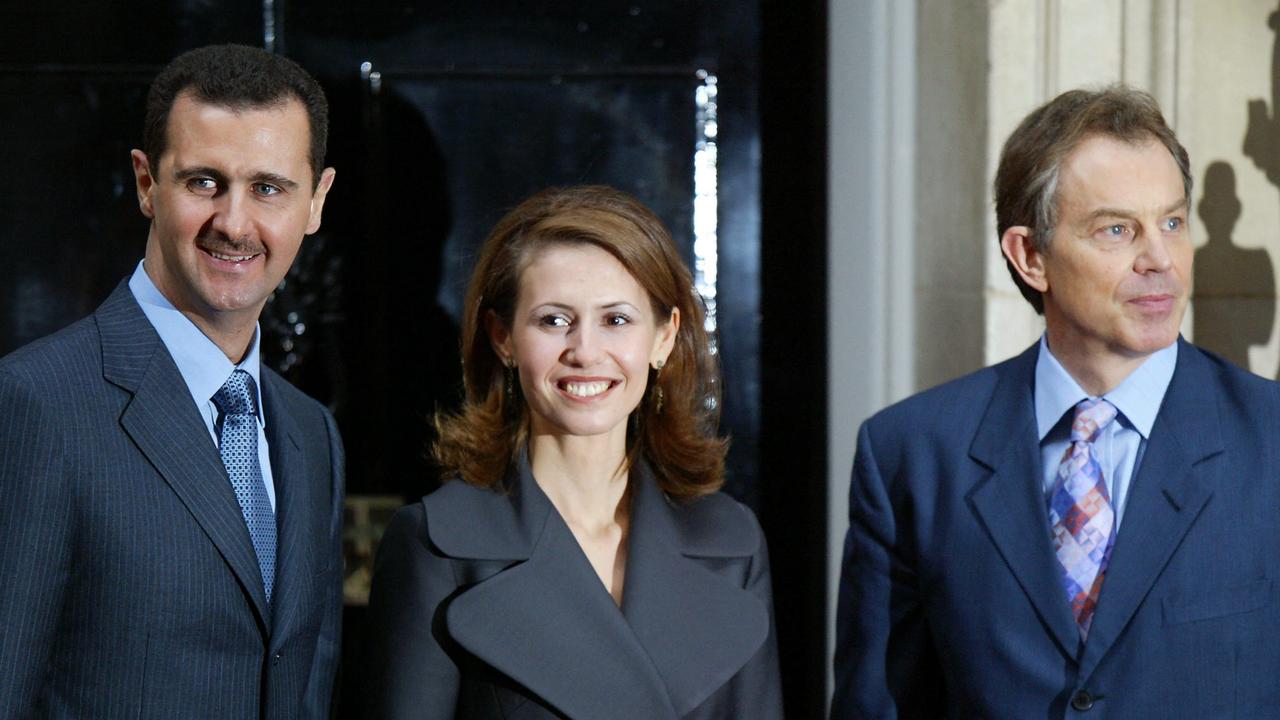
But when Bassel was killed in a car accident in 1994, Bashar was ordered to return home.
“It was kind of a race against time,” David Lesch, a biographer who met and interviewed Bashar regularly over the years, told NBC.
“His father wanted to build up Bashar Assad’s legitimacy inside the government, give him positions of authority inside the government, enough so that … he’d be able to take over.”
Assad ‘safe’ in Russia
After the dictator and his entourage fled Damascus, wild rumours circulated online indicating Assad might be dead.
But Russian state media later reported that his plane had arrived safely in Moscow.
And the Kremlin sensationally claims it helped facilitate aspects the coup, the RIA Novosti news agency reports, to ensure a “peaceful” transfer of power.
It claimed Russia had been in negotiations with rebels to allow Assad and an entourage, including his family, to flee.
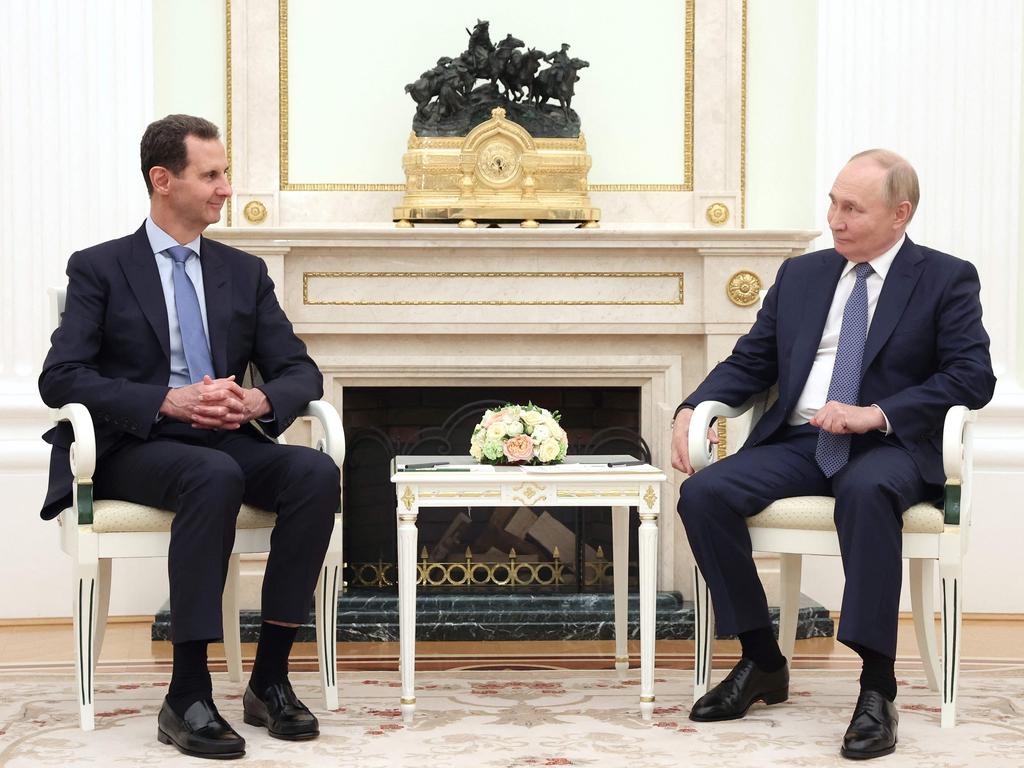
And the news agency TASS, citing a Kremlin source, also reported: “Assad and his family have arrived in Moscow. Russia, for humanitarian reasons, has granted them asylum.”
Meanwhile, Russia has requested “urgent closed consultations at the UN Security Council”, the country’s First Deputy Permanent Representative to the UN Dmitry Polyanskiy wrote on Telegram.
Polyanskiy said the “depth and consequences” of the fall of Assad’s regime “for this country and the entire region are yet to be fully understood”.
A few hours later, AFP reported the UN Security Council will convene an emergency session.
America launches dozens of air strikes
The United States has carried out more than 75 “precision air strikes” on key Islamic State camps and holdouts in Syria, the military’s Central Command announced.
General Michael Erik Kurilla said the targets were destroyed in a bid to cripple the terrorist group’s capabilities and prevent it taking advantage of the fall of the Assad regime.
A range of US Air Force assets, including B-52s, F-15s and A-10s, were used, General Kurilla said.
“There should be no doubt – we will not allow ISIS to reconstitute and take advantage of the current situation in central Syria,” he said.
Other groups in the region should take the offensive as a clear sign that America will act “if they partner with or support ISIS in any way”.
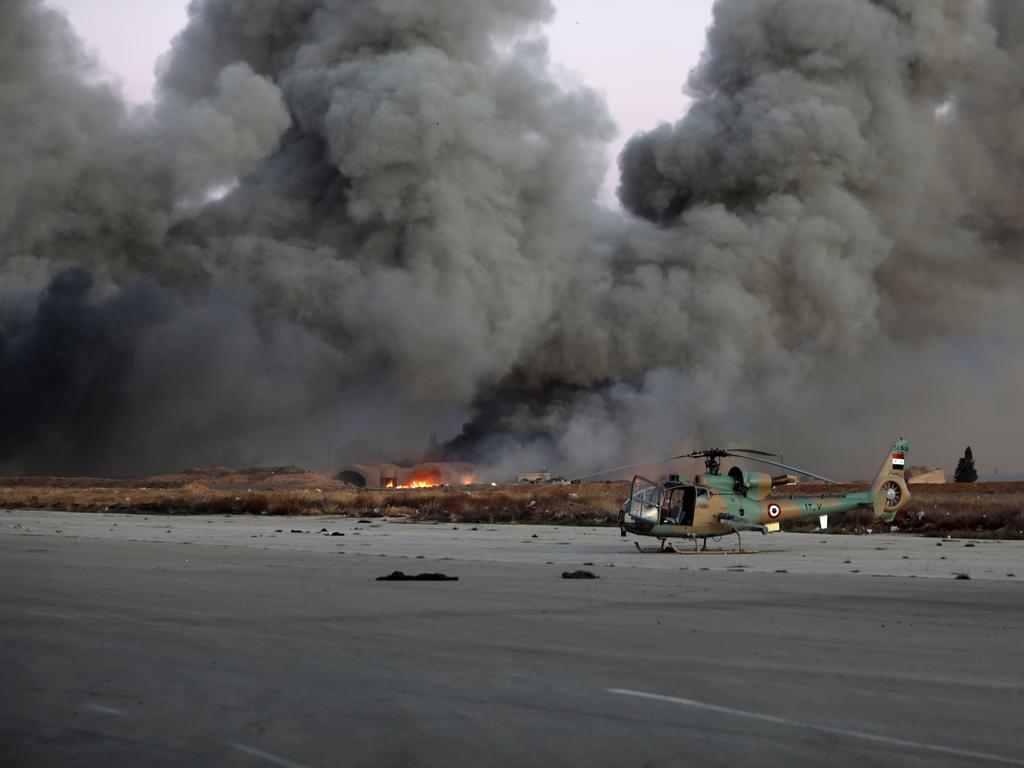
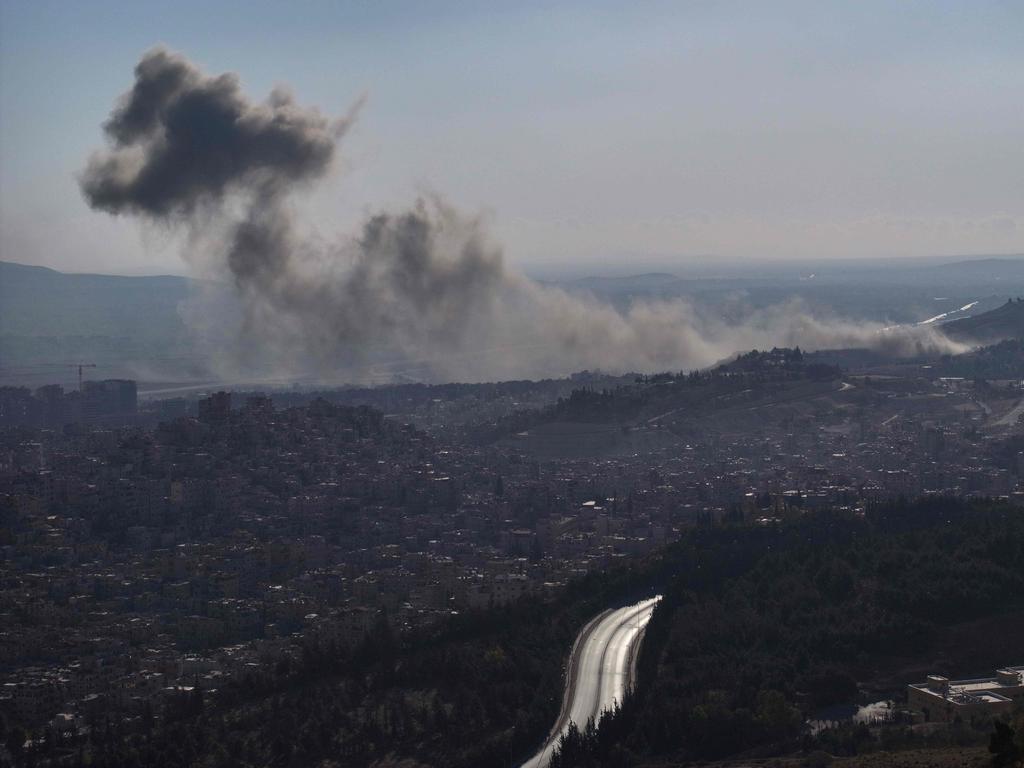
Israel also carried out a series of strikes in Syria, with Reuters reporting the Mezzeh district of Damascus was hit.
Israeli Defence Force jets also bombed Khalkhala Air Base in the country’s south, which had reportedly been evacuated hours earlier.
However, the facility contained a massive stockpile of rockets, missiles and other weapons, the wire service reported, citing security officials in Syria and Lebanon.
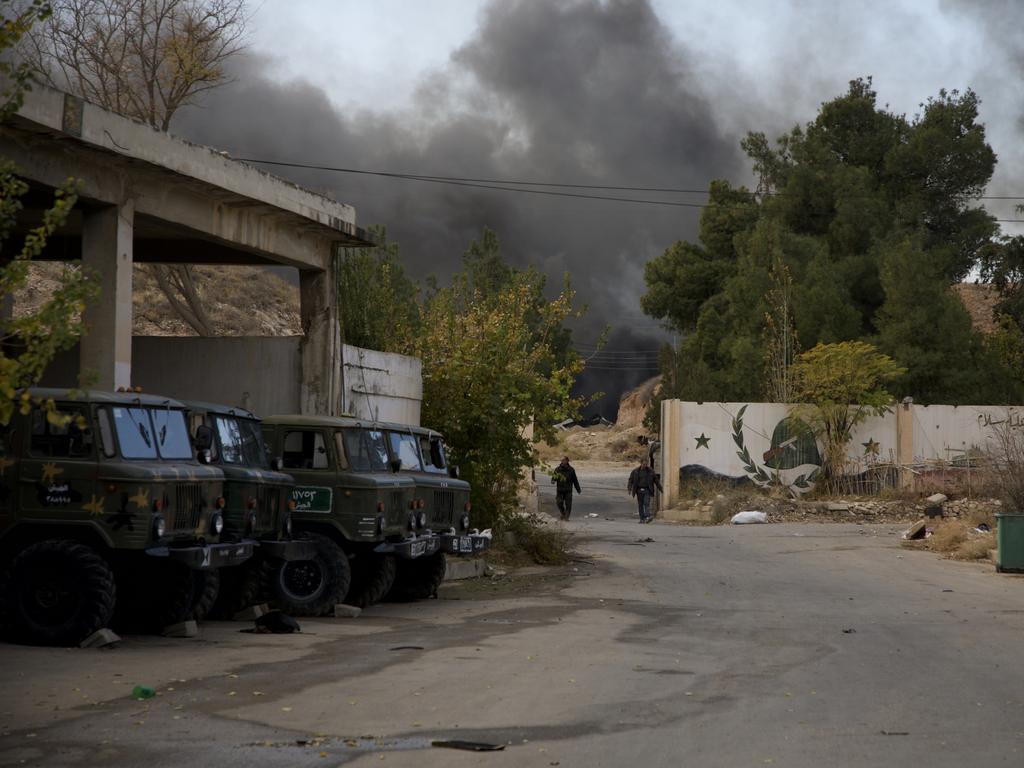
The strikes came as Israeli Prime Minister Benjamin Netanyahu ordering his forces to seize Golan Heights, a so-called “buffer zone” between the two countries.
“Together with the Defence Minister, and with full backing from the Cabinet, I directed the IDF yesterday to take control of the buffer zone and the dominant positions near it,” Netanyahu said.
“We will not allow any hostile force to establish itself on our border.”
It marks the first since in five decades that Israeli forces have occupied the buffer zone, after its demilitarised declaration in 1974.
Assad plane ‘disappeared from radar’
Wild speculation spread on social media and the messaging service Telegram in the hours after Assad’s escape that the dictator could in fact be dead.
There were several conflicting reports about how Assad and his family fled, with one indicating a private plane had departed Damascus Airport bound for the United Arab Emirates and another claiming a second aircraft was bound for Moscow.
And curiously, Reuters reported that a Syria Air commercial aircraft took off around the time Damascus was seized by rebels.
That plane could be seen on radar heading towards the country’s coast, which had been a stronghold for Assad’s forces.
It then made a sudden U-turn and flew in the opposite direction for several minutes before vanishing from radar.
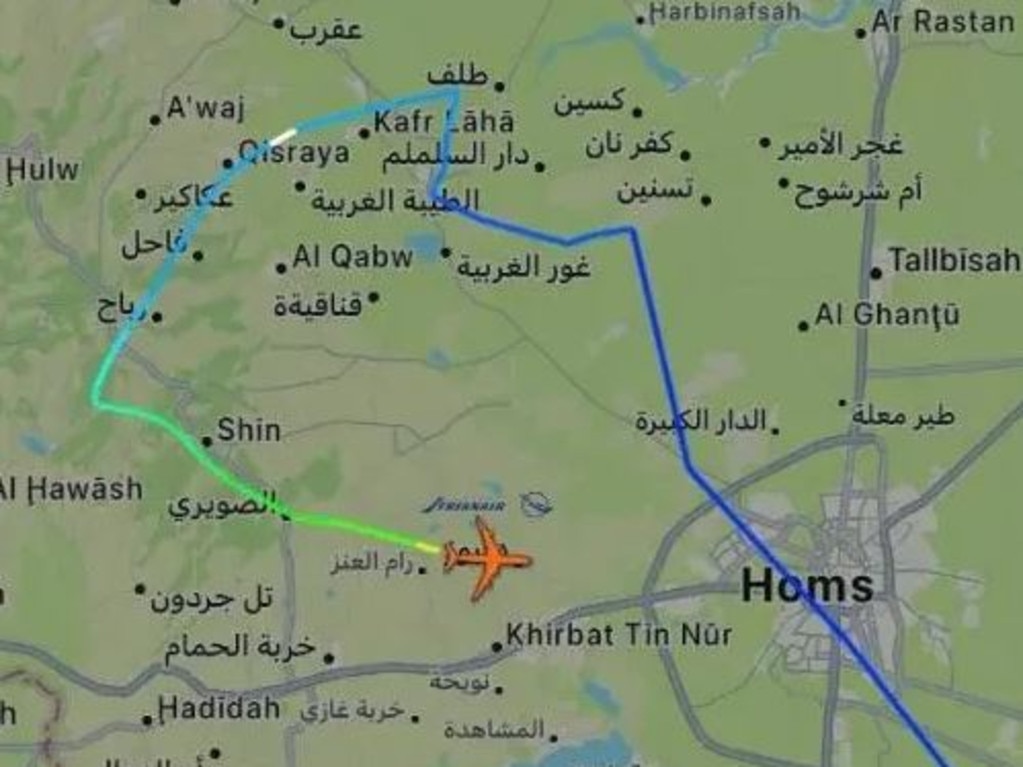
That sparked feverish speculation that Assad could be dead.
The Times of India quoted “two Syrian sources” as saying the plane could have been shot down, with one saying: “It disappeared off the radar, possibly the transponder was switched off, but I believe the bigger possibility is the aircraft was taken down”.
There have been no reports of a crash in the region where that aircraft was last seen on radar.
Hours after those rumours erupted, Russian state media reported Assad and his family were safe in Moscow.
‘Start of a new era’ for Syria
Assad’s dramatic exit comes less than two weeks after the Islamist Hayat Tahrir al-Sham (HTS) rebel group launched an audacious campaign challenging his regime.
“After 50 years of oppression under Baath rule, and 13 years of crimes and tyranny and (forced) displacement … we announce today the end of this dark period and the start of a new era for Syria,” the HTS said on Telegram.
Syria’s Prime Minister Mohammed al-Jalali said he was ready to co-operate with “any leadership chosen by the Syrian people”.
The head of the Syrian Observatory for Human Rights, Rami Abdel Rahman, told AFP “Assad left Syria via Damascus international airport before the army security forces left the facility”.
Abu Mohammed al-Golani, leader of the HTS rebel group, arrived at the Omayyad Mosque in Damascus on Sunday afternoon to address the gathered cheering crowd.
The former al-Qaeda commander, who left the group several years ago, is set to play a major role in the new era of leadership of Syria.
“A new history, my brothers, is being written in the entire region after this great victory,” he said.
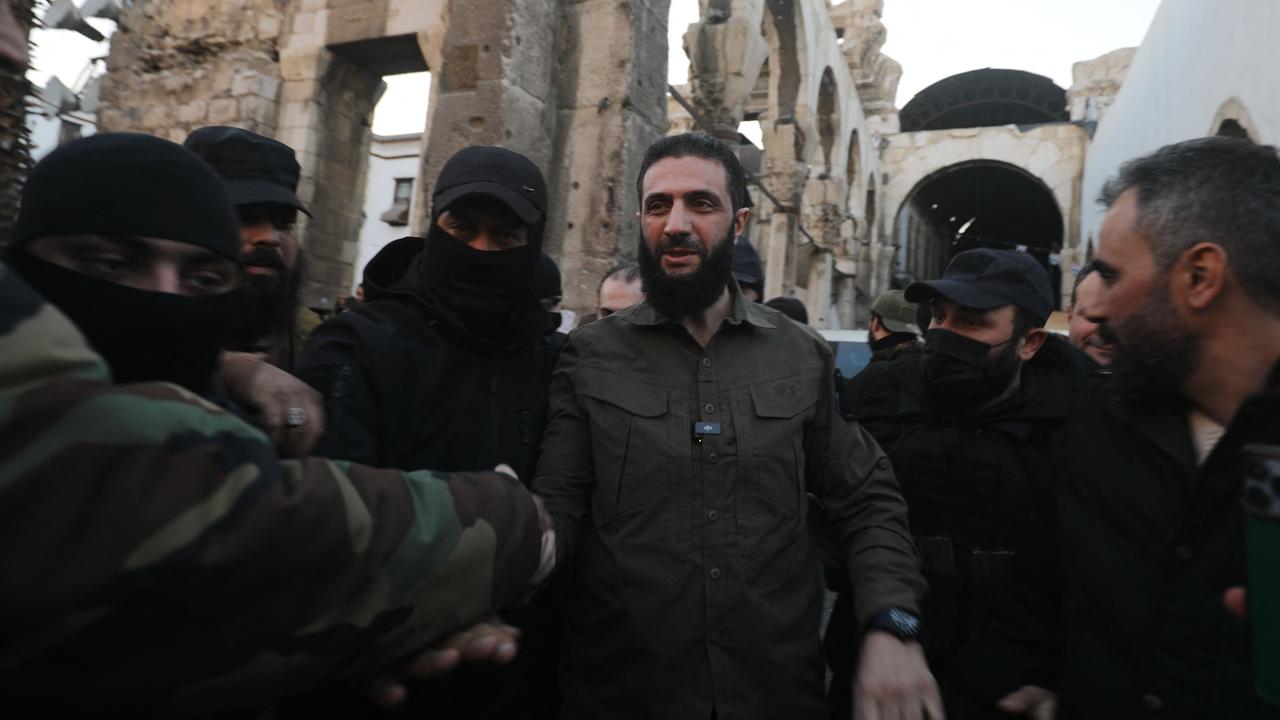
After describing Assad’s fall as “a victory to the Islamic nation”, al-Golani warned it would be a long and difficult task to rebuild the devastated country.
He spoke of the enormous human toll of the decades of brutal Baath rule, including the more recent tyranny of Assad.
Referring to the countless refugees who’ve fled the country, he said: “How many people were displaced across the world? How many people lived in tents? How many drowned in the seas?”
However, he vowed Syria would become “a beacon” for the Middle East.
‘Significant’ number of rebels are IS
US officials believe “significant portions” of the rebel group HTS have strong ties to Islamic State, CNN has reported, citing a “senior” government figure.
America, Turkey, the UN and a number of other Western nations have designated HTS as a foreign terrorist organisation.
Its leader al-Golani also remains the subject of a US$10 million (AU$15.6 million) bounty offered by the US in 2018.
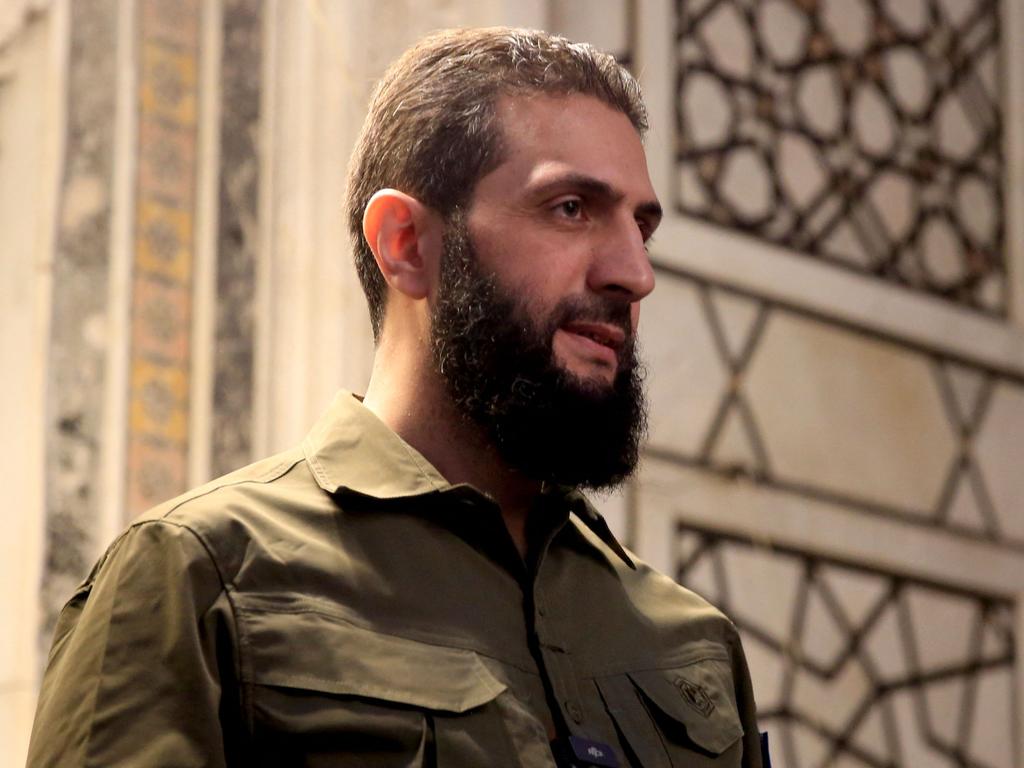
In an interview with CNN on Friday, a day before rebels began a snap offensive to seize control of Damascus, al-Golani described the terror designation of his group as “primarily political and, at the same time, inaccurate”.
The former al-Qaeda commander, who cut ties with the terror group several years ago, insisted he is opposed to brutal jihadist tactics.
And he told the outlet he was never “personally involved” in attacks on civilians.
In recent times, al-Golani has sought to position himself as something of a moderate. In his CNN interview on Friday, he hinted at his vision for Syria in its post-Assad era.
“Syria deserves a governing system that is institutional, not one where a single ruler makes arbitrary decisions,” he said.
“We are talking about a larger project – we are talking about building Syria. [HST] is merely one part of this dialogue, and it may dissolve at any time. It is not an end in itself but a means to perform a task: confronting this regime.”
From terrorist to freedom fighter
As the commander of al-Qaeda’s franchise in the Syrian civil war, al-Golani was a shadowy figure who kept out of the public eye.
Even when the notorious terrorist organisation became the most powerful faction fighting to topple Bashar al-Assad, Golani took a back seat.
On Sunday, he became the global face of Syria’s triumphant rebels, having gradually stepped into the limelight since severing ties to al-Qaeda in 2016 and rebranding his group.
Those ‘freedom fighters’ declared victory yesterday, seizing control of Damascus and sending Assad fleeing, bringing an end to 13 years of devastating civil war.
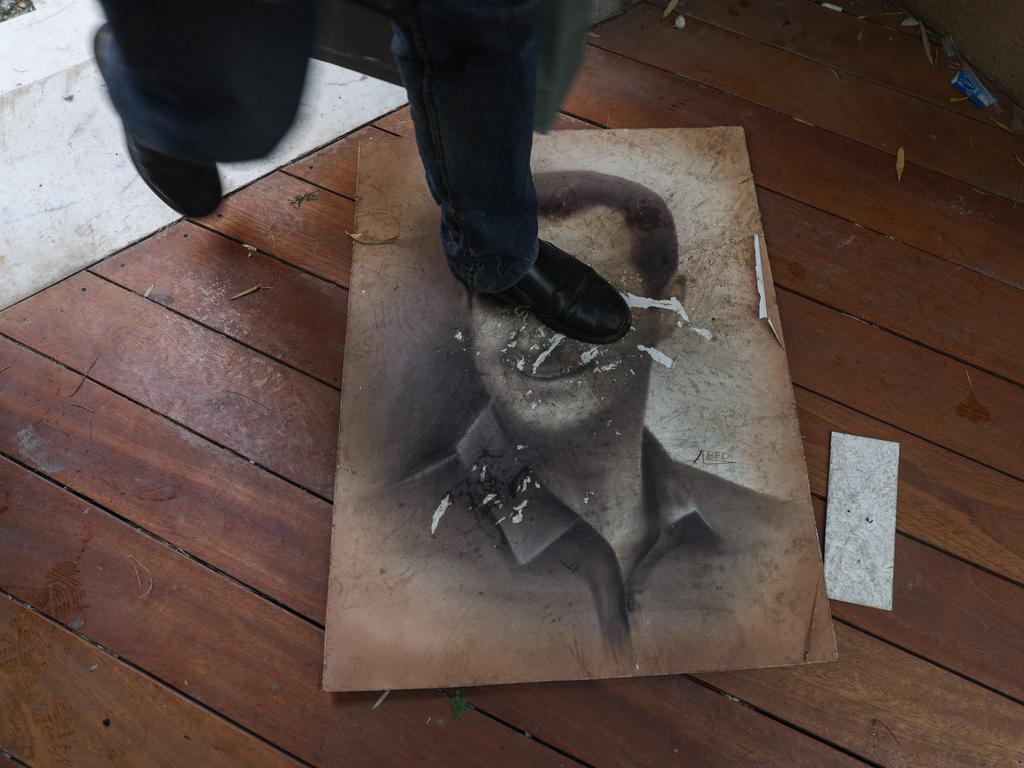
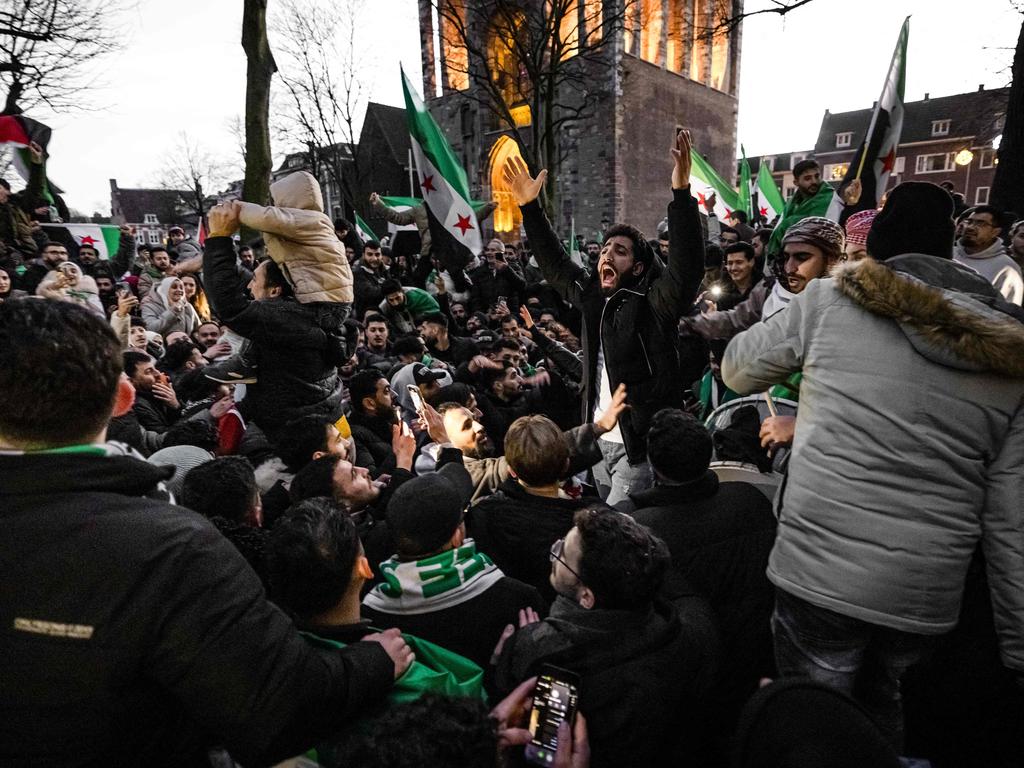
Within hours, a statement from Golani was read out on Syrian state television, including the declaration: “The future is ours.”
Signalling his efforts to secure an orderly transition, he declared Syrian state institutions would remain under the supervision of the Assad-appointed prime minister until a handover.
A fortnight ago, as rebels kicked off their offensive, Golani issued a statement aimed at the country’s minorities, who largely fear jihadist rule, promising their protection.
Joshua Landis, a Syria expert and head of the Centre for Middle East Studies at the University of Oklahoma, told Reuters that Golani’s approach was “smart”.
“He’s retooled, he’s refashioned, made new allies, and come out with his charm offensive,” he said.

Hope for American journalist’s release
The fall of the Assad regime has ignited hopes that an American journalist kidnapped more than 12 years ago could be brought home.
US President Joe Biden held a press conference at the White House on Sunday and commented on the long-running plight of Austin Tice.
Tice was kidnapped by Syrian forces while reporting on the early years of the civil war.
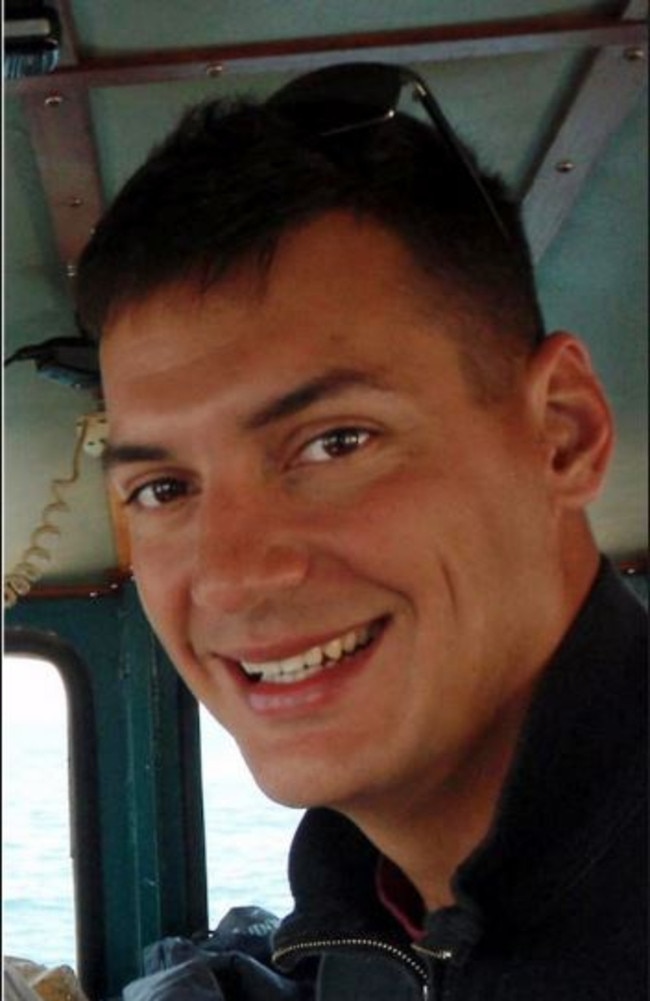
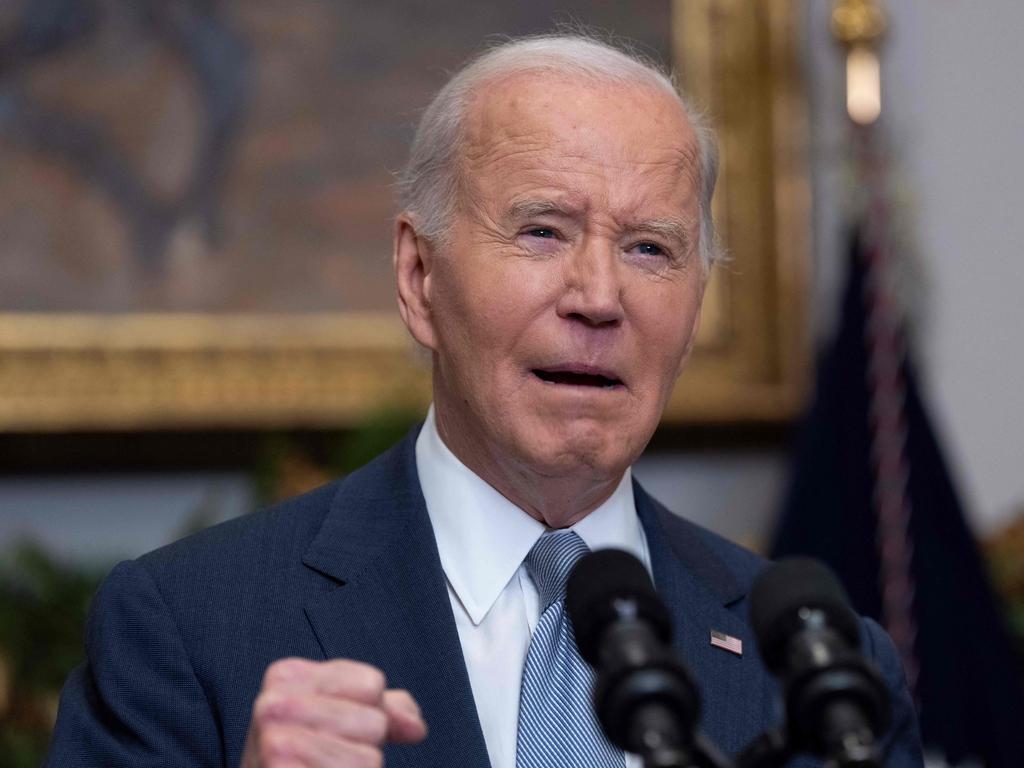
Mr Biden has met with his family multiple times throughout his presidency and advocated for his release.
“We are mindful that there are Americans in Syria, including those who reside there, as well as Austin Tice, who was taken captive more than 12 years ago,” Mr Biden said.
“We remain committed to returning him to his family.”
Reporters immediately asked the president to elaborate on whether there was a plan in place.
“We think we can get him back, but we have no direct evidence of that yet,” he replied.
The Federal Bureau of Investigation has confirmed its offer of $1 million for information that leads to Tice’s safe return home is still in place.
“Given recent events in Syria, the FBI is renewing our call for information that could lead to the safe location, recovery, and return of Austin Bennett Tice, who was detained in Damascus in August 2012,” the FBI said in a statement.
A mix of hope and uncertainty
At his press conference, Mr Biden expressed a mixed sense of hope and uncertainty about Syria’s future.
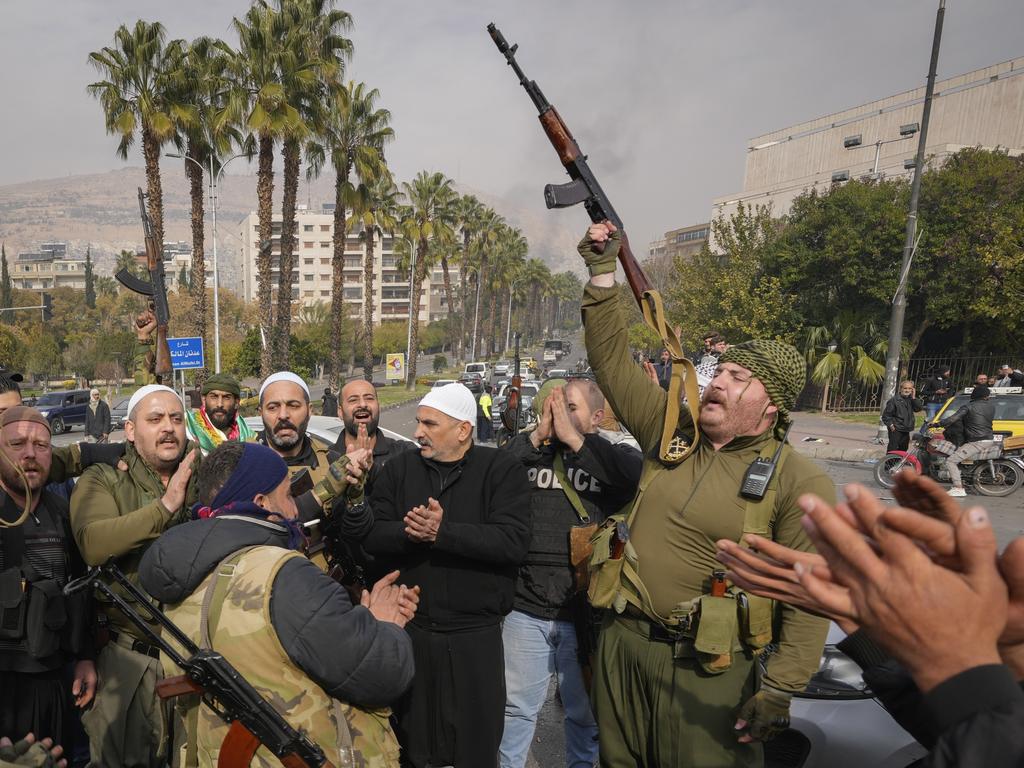
But the US president lauded the long and bloody end of the Assad family rule.
“At long last, the Assad regime has fallen,” he said.
“It’s a moment of historic opportunity for the long-suffering people of Syria to build a better future for their proud country.
“It’s also a moment of risk and uncertainty as we all turn to the question of what comes next.”
The US will “engage” with groups within Syria, as well as the United Nations, with the goal of transitioning towards “independent and sovereign” rule.
“This process will be determined by the Syrian people themselves. The United States will do whatever we can to support them, including through humanitarian relief to help restore Syria,” Mr Biden said.
Trump declares Syria ‘not our fight’
Donald Trump, who will replace Mr Biden in the White House come January, has made clear his thoughts on Syria’s future.
Taking to his Truth social media network, the president-elect claimed the rebels succeeded because Russia had withdrawn support from Assad and his regime and “was not interested in protecting [him] any longer”.
“Syria is a mess, but is not our friend, & THE UNITED STATES SHOULD HAVE NOTHING TO DO WITH IT,” Mr Trump wrote.
“THIS IS NOT OUR FIGHT. LET IT PLAY OUT. DO NOT GET INVOLVED!”
More Coverage
Originally published as Chilling pictures emerge from Sednaya prison as teams search underground cells








